TCL C6K is a TV for those who want to combine gaming and watching movies with good contrast, all without breaking the bank. With its VA panel illuminated by Mini-LED, blacks are deep and contrast is high, making evening viewings look truly impressive. Additionally, it boasts decent brightness, which paired with Dolby Vision gives films a cinematic quality. Importantly, the smoothness of the image – the 144Hz refresh rate works wonders for sports and dynamic games, and gamers receive a full package of bonuses: VRR, ALLM, HDMI 2.1, HGiG, and even a 240Hz mode in PC. For daily use, the TV is powered by Google TV, which offers a multitude of apps and the Gemini AI voice assistant, making navigation convenient and flexible. It's also worth mentioning the sound – support for Dolby Atmos and DTS gives the impression that the device is ready not just for gaming. As is often the case, there are a few things that could be improved. The backlighting in challenging scenes can lose details or wash out blacks, and the Polish translations in the menu can be so clumsy that you really have to think about what’s being said. Despite this, the overall package holds up very well, and considering the price, the TCL C6K could be one of the more interesting choices for anyone looking for a versatile TV for movies, sports, and gaming. Especially when a good promotion comes along – and when TCL traditionally fine-tunes the details in updates.
- Matching (Score)
- Our verdict
- TV appearance
- Where to buy
- Contrast and black detail
- HDR effect quality
- Factory color reproduction
- Color reproduction after calibration
- Smoothness of tonal transitions
- Image scaling and smoothness of tonal transitions
- Blur and motion smoothness
- Console compatibility and gaming features
- Input lag
- Compatibility with PC
- Viewing angles
- TV efficiency during daytime
- Details about the matrix
- TV features
- Apps
- Playing files from USB
- Sound
TCL C6K vs Samsung Neo QLED QN70F / QN74F / QN77F
Direct compare
Check the best price offer:
Samsung Neo QLED QN70F / QN74F / QN77FC6K / C69K / Q6C
QN70F / QN74F / QN77F

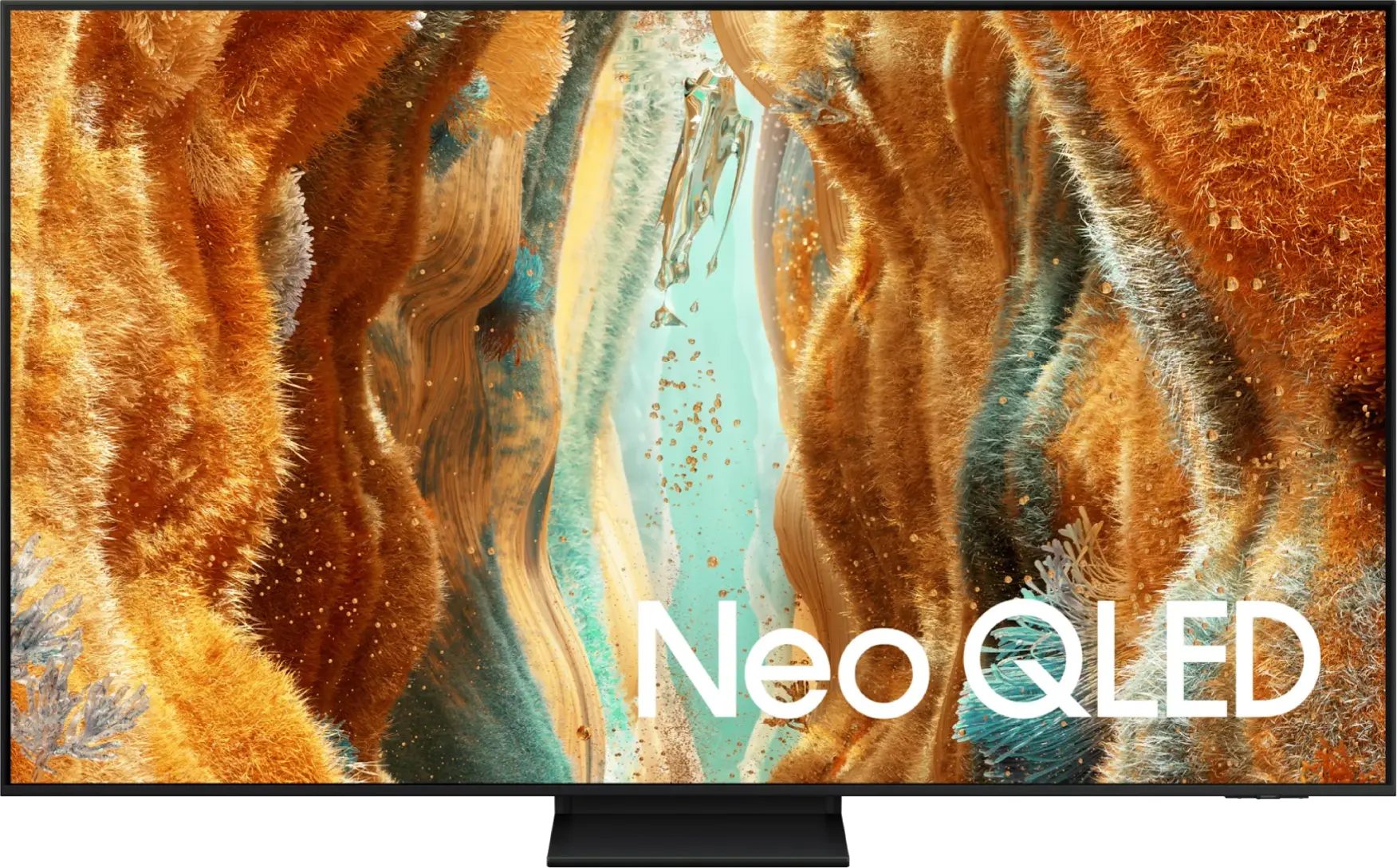
Panel type: LCD VA
Resolution: 3840x2160
System: Google TV
Model year: 2025
Complete the survey to find out the result

Panel type: LCD VA
Resolution: 3840x2160
System: Tizen
Model year: 2025
Complete the survey to find out the result

Overall rating
7.1
7.0
Movies and series in UHD quality
6.7
6.5
Classic TV, YouTube
6.6
6.5
Sports broadcasts (TV and apps)
6.3
6.7
Gaming on console
8.4
8.5
TV as a computer monitor
8.6
8.2
Watching in bright light
6.4
6.3
Utility functions
7.0
7.2
Apps
9.6
8.7
Sound quality
6.5
6.4
Complete the survey to find out what fits your preferences
Advantages
Very good contrast and black levels: VA panel and MINI-LED backlighting
Good motion smoothness: High refresh rate of 144Hz
Decent panel brightness
Many features for gamers: VRR, ALLM, HDMI 2.1, HGiG
Additional mode for PC gamers: 240Hz
GoogleTV system with a wide selection of apps
Support for multiple HDR formats including Dolby Vision
Support for Dolby Atmos and DTS
Very attractive price
Great black levels and contrast
Above average panel brightness
High refresh rate of 144Hz
Many features for gamers: ALLM, VRR, Game Bar, etc.
Low input lag
4 HDMI 2.1 ports
Feature-rich and smooth Tizen operating system
Super slim design
Disadvantages
Management of the backlighting could be better
Language errors in the system
No USB recording feature
No DTS format
Issues with the HGIG feature (for gamers)
Symbolic local dimming (Is this really MINI-LED?)
Our verdict
Samsung QN70F is a pretty decent mid-range TV. Its strongest point is definitely the smoothness of the image – thanks to the 144 Hz panel, low input lag, and a host of extras for gamers, we have here the recipe for nearly an ideal gaming screen. It will work just as well for sports fans – the image is fast, clear, and it doesn't tear. When it comes to image quality – it's really not bad. The VA panel delivers good blacks, brightness is above average, and colours look great after calibration. Samsung markets the QN70F as Neo QLED, which means Mini LED, and in a way, you can look at it that way – but only partially. The backlighting is edge-lit, so it’s far from full-fledged Mini LEDs with local dimming. It's a shame because marketing has its way, and the user might feel a bit misled. There are also some minor drawbacks – no USB recording, no DTS support. But still, the QN70F leaves a really good impression. It might not be a “true” Mini LED, but for its price, it's a solid piece of television – especially for gamers and those who enjoy fast, dynamic content.
TV appearance
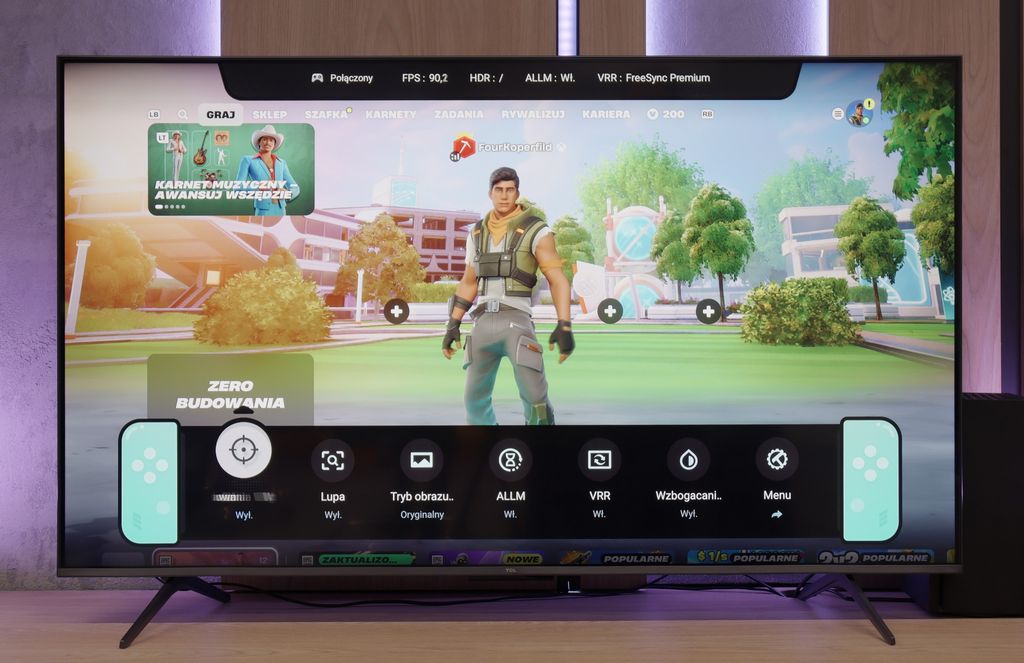
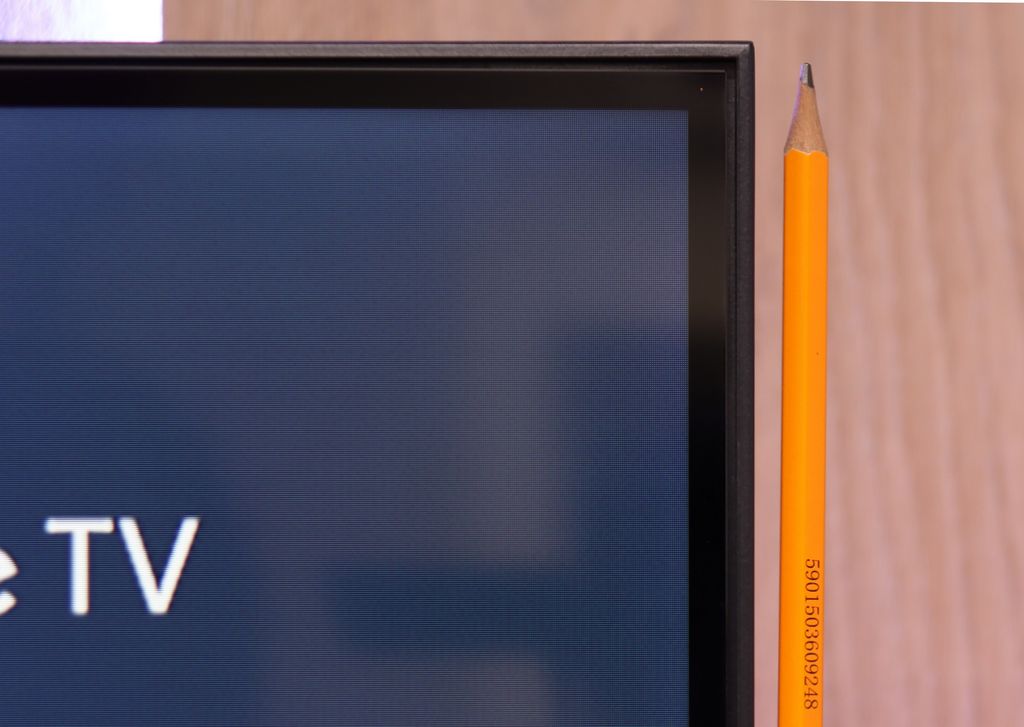
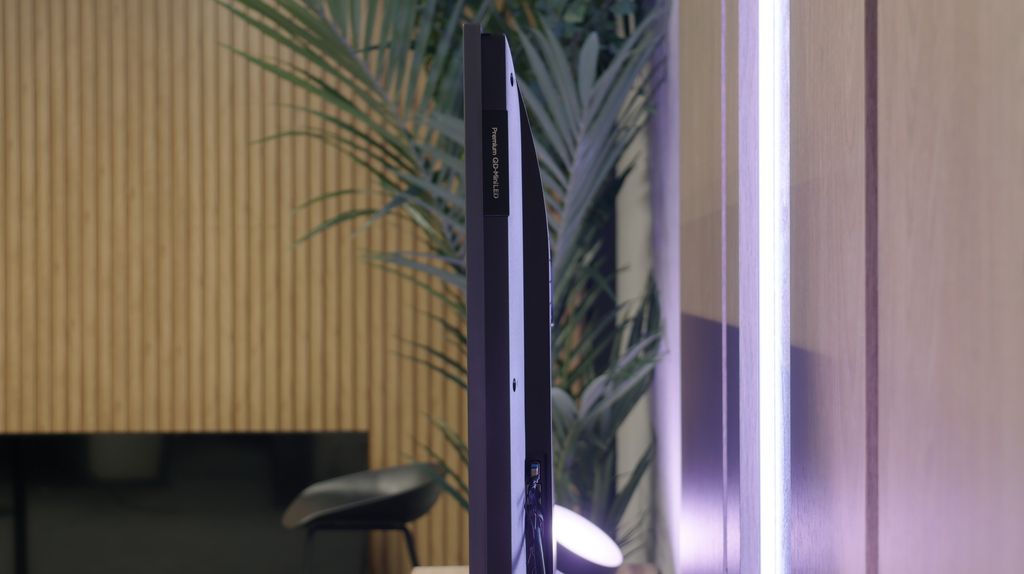
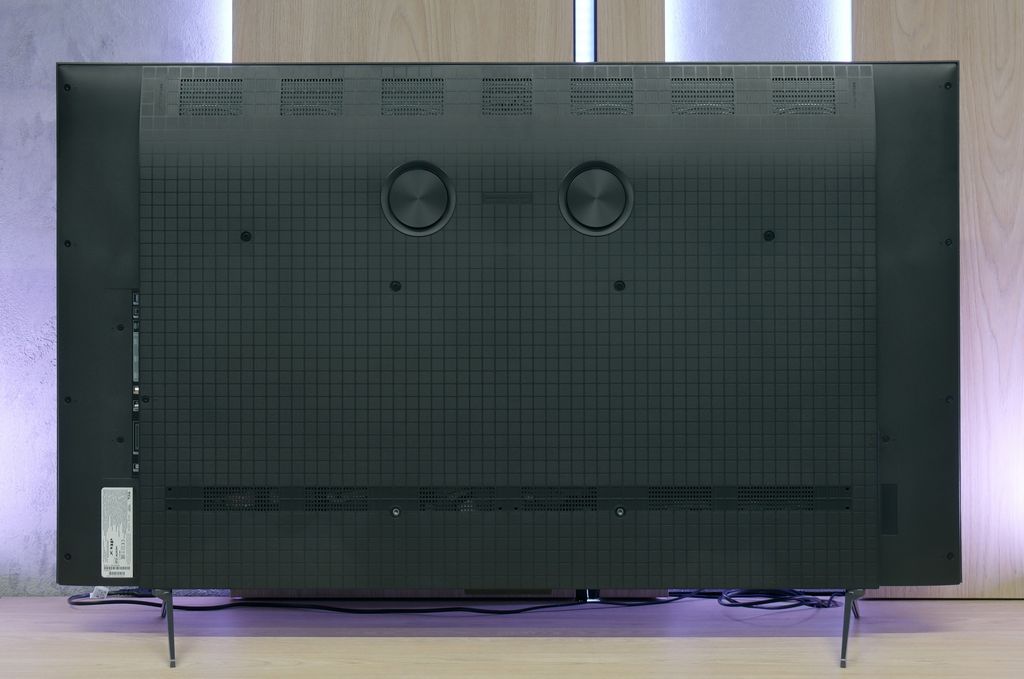
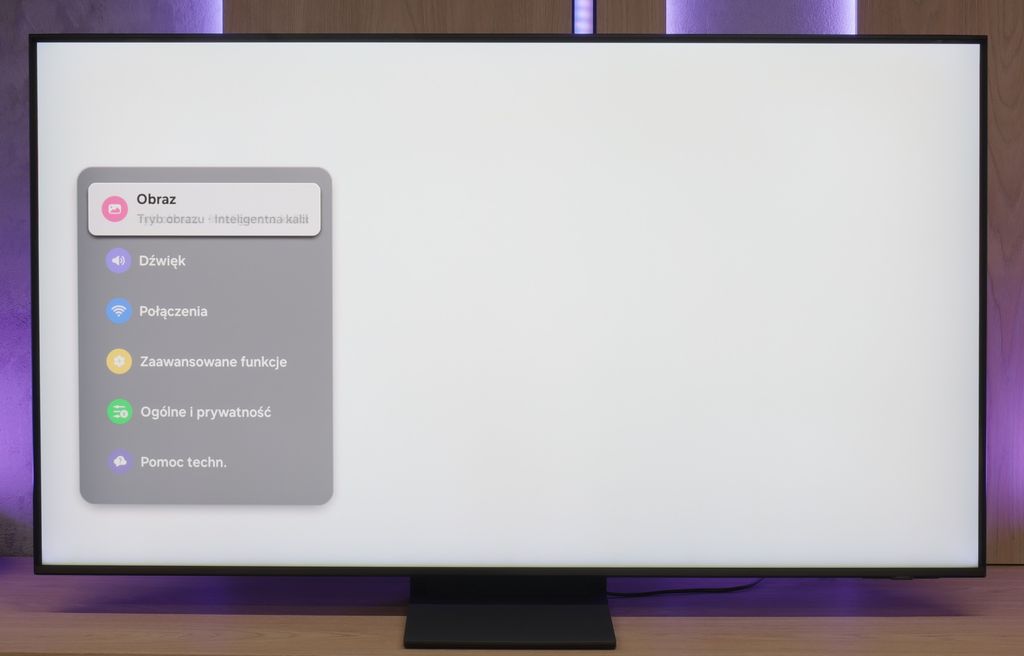
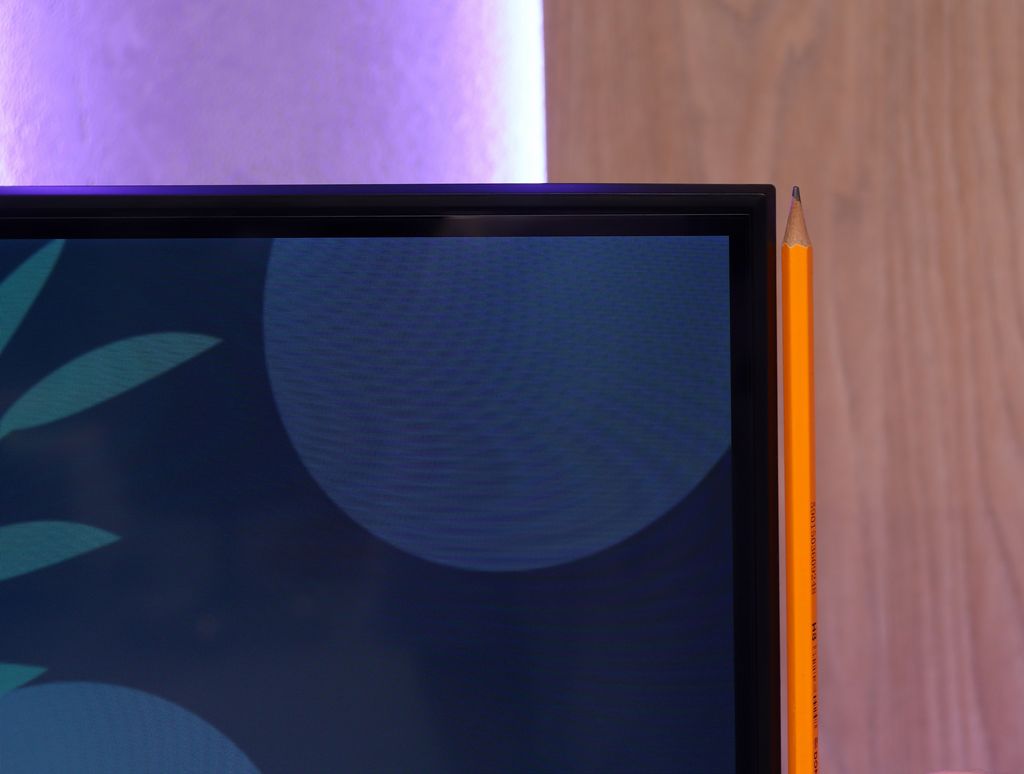
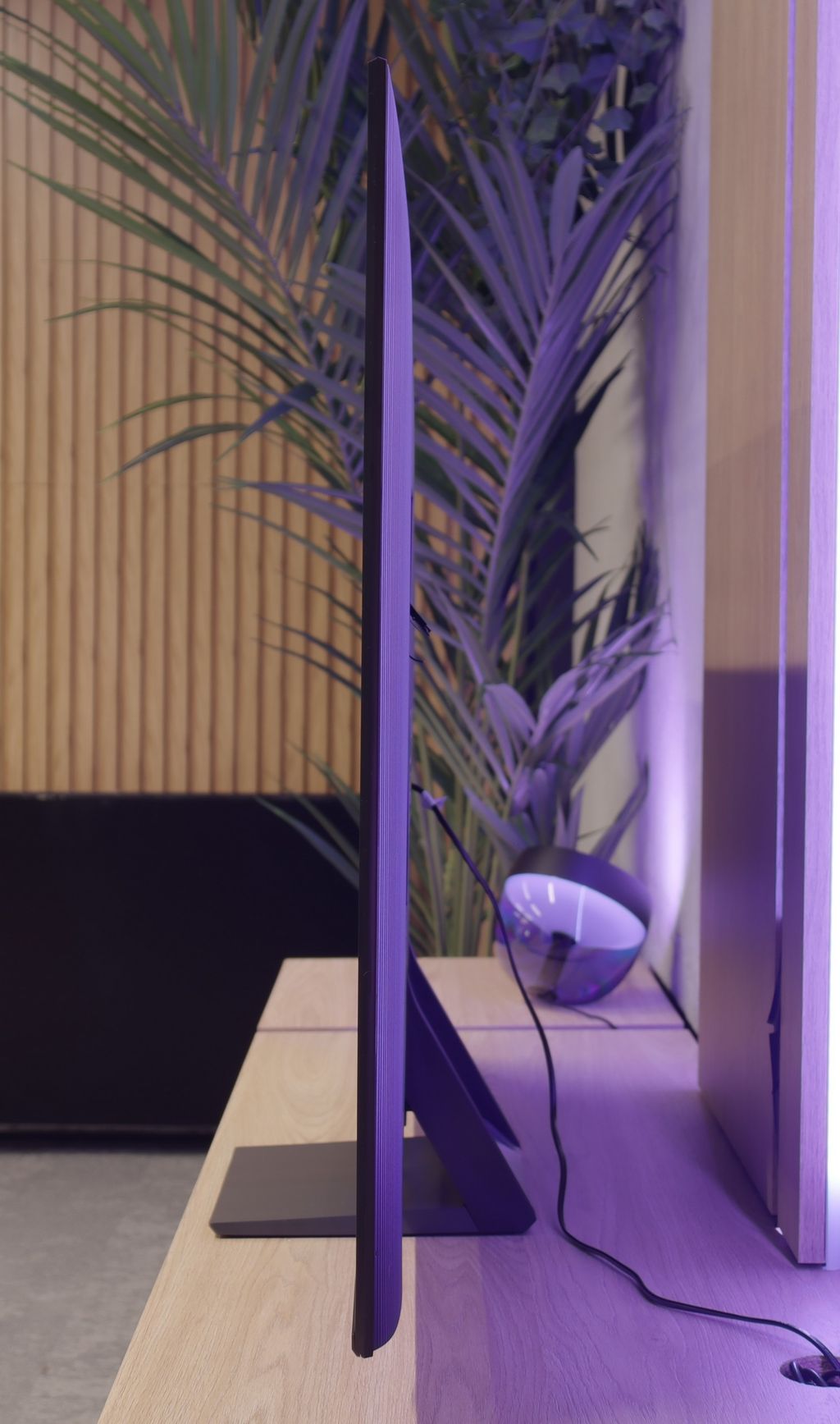
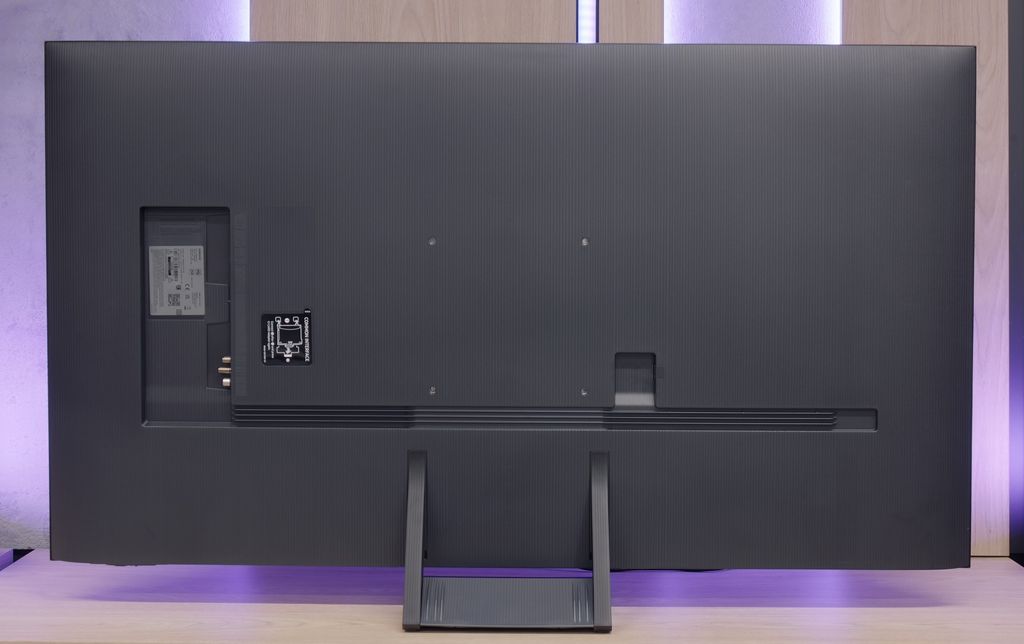
Contrast and black detail
7.3/10
6.2/10
Local dimming function: Yes, number of zones: 180 (10 x 18)
Local dimming function: Yes, number of zones: 20 (1 x 20)
Contrast:

Result
114,000:1

Result
17,300:1

Result
16,200:1

Result
9,900:1

Result
4,850:1

Result
9,200:1

Result
7,000:1

Result
5,350:1

Result
5,700:1

Result
5,300:1
Halo effect and black detail visibility:
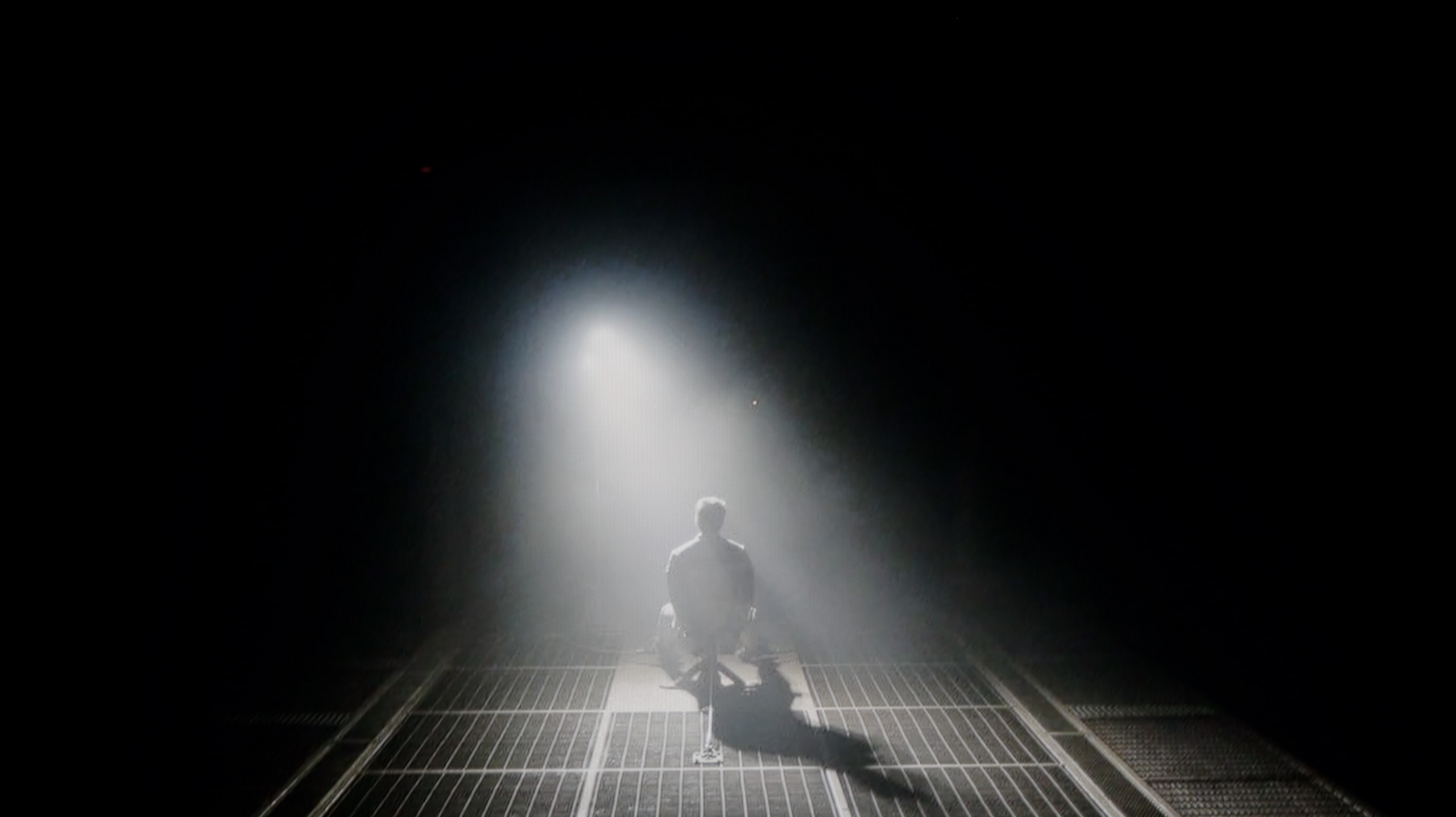
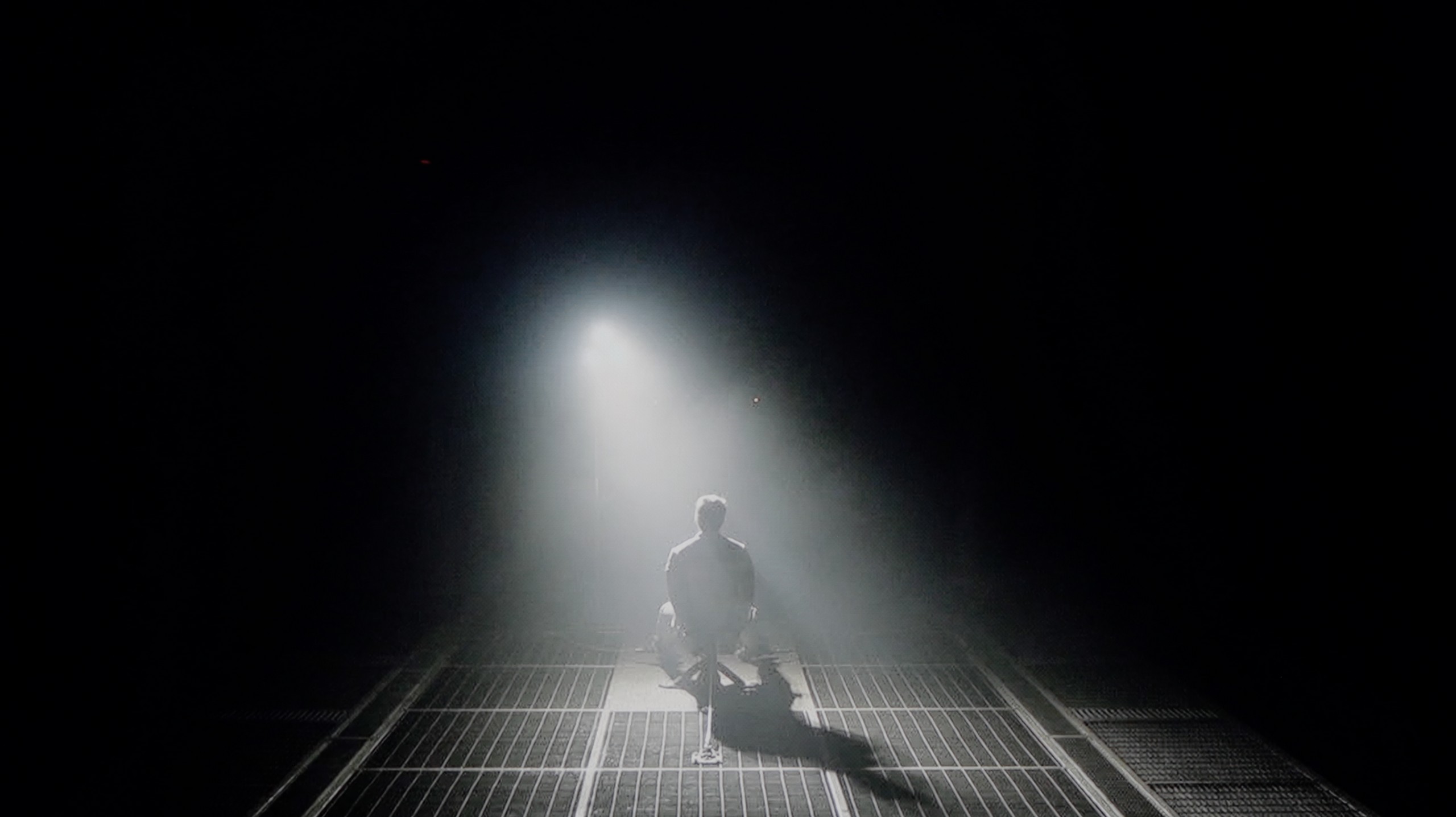
The TCL C6K is based on a VA panel, specifically an HVA produced by TCL CSOT, which already delivers a solid native contrast of 6000–7000:1 without the use of local dimming. However, the true strength of this model lies in its Mini-LED backlighting with the ability to dim individual zones. In the tested 55-inch version, we counted around 180 zones, and as the diagonal size increases, this number naturally grows. For a television in this price segment, the contrast is truly impressive. In simpler film scenes, such as segments from 'Oblivion', it looks fantastic, and shots completely filled with black make a great impression. Of course, due to the characteristics of Mini-LED technology, it's not always possible to avoid issues – in more challenging frames with many bright details, halo effects can appear, or some elements may be dimmed too strongly (regardless of local dimming settings). Nevertheless, the contrast can be regarded as a strong point of the C6K.
QN70F is equipped with a VA panel, which offers a high native contrast – a good starting point for black, especially for evening viewing. But theoretically, this is just the beginning of its capabilities. The television is branded as Neo QLED, which means it features Mini LED technology and a local dimming system. And indeed – the QN70F has such a function. The problem is that we’re not talking about classic local dimming with LEDs placed directly behind the panel. Instead, edge lighting with an overall dimming mechanism, known as global dimming, has been used. The effect of this is that instead of selective brightness control in individual zones, the entire screen is slightly dimmed when a dark scene appears. In practical terms, this means the contrast is average compared to Mini LED models that offer true local dimming. The black isn't bad – that’s thanks to the VA panel itself – but one can't speak of the precise light control that advanced systems with multiple zones provide. And here arises the question: is the QN70F series of televisions really a Mini LED television, or just a marketing variation on the Q70 series? Looking at the technical aspects – it’s hard to consider this model a full-fledged representative of this technology. But in everyday use, the black looks decent and for many people it can be fully satisfying.
HDR effect quality
4.9/10
5.6/10
Luminance measurements in HDR:

Result
612 nit

Result
202 nit

Result
424 nit

Result
144 nit

Result
587 nit

Result
619 nit

Result
449 nit

Result
500 nit

Result
422 nit

Result
483 nit
Scene from the movie “Pan” (about 2800 nits)


Scene from the movie “Billy Lynn” (about 1100 nits)


Static HDR10


Dynamic: Dolby Vision
Dynamic: HDR10+


HDR luminance chart:
Samsung Neo QLED QN70F / QN74F / QN77F
Luminancja HDR
Luminance of RGB colors
TCL C6K
Luminancja HDR
Luminance of RGB colors
TCL C6K is a moderately bright television that can showcase its full capabilities in the best movie conditions – the maximum brightness is around 600 nits. In scenes with large, intense light sources, the HDR effect can be truly satisfying, providing a sense of cinematic sparkle. However, it's important to remember that with local dimming management, there are situations where some elements become dimmed, and sometimes even barely visible. It is clear that there is a lack of proper optimization of the algorithms, although looking at the technical parameters in this price range, the build quality performs very well.
QN70F is a television that can positively surprise when it comes to brightness. In ideal testing conditions, it reaches even 800 nits, which – for this price range – is a really solid value. Of course, that’s a result from test patterns, so we decided to check how it performs in practice, on real films. Here, the television somewhat tempers its capabilities. In most of the tested scenes – e.g. in "The Meg" – the actual HDR brightness remained around 500 nits. That’s still a decent result, allowing you to enjoy HDR effects, although it’s far from perfection. On the other hand, we have a QLED screen with a quantum dot layer, which means very good colour reproduction capabilities. Colours are vivid and saturated. QN70F covers about 94% of the DCI-P3 colour space, and in the wider BT.2020 palette, it exceeds 75%, so in this respect, there’s nothing to be ashamed of.
Factory color reproduction
5/10
7/10


Factory Mode
After calibration


Factory Mode
After calibration
This year's TCL televisions have introduced the Filmmaker mode, and it must be said that it is definitely the best choice right out of the box. This is the mode we recommend for everyday viewing of movies and series. Unfortunately, as is often the case, the best does not mean perfect. In the case of SDR content, the image was too warm, as the red was quite prominent in the white balance. On the other hand, with HDR content, we had the opposite impression – the image became cooler than it should have been, due to an excess of blue. There is also the brightness characteristic, which at times led to overexposure. In practice, these issues combined resulted in quite noticeable errors in colour tests, which are hard to accept in a mode advertised as “by the creators”.
We tested the QN70F in the best default picture mode, which is Filmmaker Mode. And it must be admitted that in this particular test unit, the factory settings performed quite well. The picture was calm, natural, and despite slight deviations – pleasant to watch. The biggest error was a slight dominance of red in the white balance, which caused a slight pinkish tint over the entire scene. However, it wasn't a glaring flaw – rather subtle and only noticeable when directly compared to a properly calibrated screen. A slightly bigger issue arose in the brightness characteristics. The TV tends to lower the brightness of parts of the image that should be displayed brighter. As a result, some details can appear slightly dimmed – they don't completely disappear, but they don't stand out as clearly as they should. Nonetheless, as for a TV in this range and in these settings – we consider the result a good starting point for further calibration.
Color reproduction after calibration
7.5/10
8.5/10




Thanks to the white balance adjustment, we were able to significantly reduce the C6K's tendency to distort colours, which resulted in a very good end result. After calibration, we won't observe the effect of excessive warming of scenes in SDR or overly cooling the image in HDR. However, it is worth taking a closer look at the brightness characteristics. In SDR content, it's hard to have major objections – the picture looks really good, especially in older movies, TV shows, or material from YouTube. It performs significantly worse with HDR content. An analysis of the EOTF curve suggests that everything is fine, but in practice (EOTF in movies), the limitations of the construction become apparent. The television tends to excessively brighten the smallest fragments of the frame, and in other situations, it can overly dim the entire scene. The effect of calibration is therefore noticeable, and regarding colourimetry, the C6K has really gained a lot, but certain limitations resulting from local dimming and actually from its management by the C6K simply cannot be overlooked.
After calibration, the QN70F shows that it can offer a really high level of colour reproduction. It has managed to nearly perfectly balance the white point, and the values in the Color Checker test dropped below level 3 – that is, below the threshold at which the average eye can notice differences. The image looks natural, and the colours are faithfully reproduced, without excessive saturation or the coolness known from factory settings. It must be acknowledged that Samsung provides very extensive calibration options – not only for enthusiasts but also for professionals. The QN70F takes advantage of this potential and, after appropriate settings, can come close to significantly more expensive models in terms of colour accuracy. The only thing that could still be picked on is the brightness characteristic. There is still a tendency to brighten the smallest sections of the image – particularly those that should remain darker. However, this is a design feature of this model, not a calibration error. Despite this, the final result definitely deserves recognition.
Smoothness of tonal transitions
9.5/10
8/10












The transitions between colours in the C6K are very smooth, and it’s hard to nitpick any banding. The image looks natural, and any minor imperfections can only be noticed on bright test patterns – and only with really careful viewing. In everyday use, the effect is simply fantastic, and it’s safe to say that in this category, the C6K performs outstandingly.
In terms of the smoothness of tonal transitions, the QN70F performs really well. Gradients are smooth, and colours blend into each other without distinct thresholds or banding. Even in more challenging movie scenes – particularly those that are very dark – any potential imperfections are minimal, and you really have to pay attention to notice them. In everyday viewing, most users should not encounter any issues with colour blending. The picture looks clean and cohesive, without artificial smoothing or distortions. This is another aspect in which the QN70F impresses positively.
Image scaling and smoothness of tonal transitions
5/10
6.9/10
Smooth transition function


Image without overscan on the SD signal


TCL C6K performs quite well in terms of upscaling. Lower quality materials appear acceptable, and the absence of overscan issues means the image is displayed in full, without cropping. However, one cannot expect miracles – very low quality content won't come to life here, as the image processor has its limitations. On thin lines or details, there is characteristic tearing visible, which indicates a lack of advanced image enhancement algorithms. It is also a shame that the C6K lacks the function of smoothing tonal transitions – in older films or video materials, colour banding can be noticeable and may be distracting during longer viewing sessions.
Samsung QN70F offers a distortion reduction feature that improves the smoothness of tonal transitions. In "Standard" mode, it works quite well – smoothing out problematic transitions without significantly interfering with the structure of the image. Film grain is partially removed, but details like texture and skin structure remain visible. "High" mode operates much more aggressively. The smoothing is stronger, but at the cost of a noticeable loss of detail. Therefore, in practice, we recommend sticking with the "Standard" setting or turning off this feature altogether. The improvement in gradation may be less spectacular, but the image retains more naturalness.
When it comes to upscaling low-quality content, the QN70F performs very well. Tests with lower resolution images went really well. Despite some slight aliasing of contours, everything looks clean and clear, even if the original content was very poor quality. It's just a pity that the television has an overscan issue that cannot be completely turned off. As a result, images with very low resolution may be slightly cropped, which is mainly noticeable on subtitles or the interface.
Blur and motion smoothness
7.3/10
7.5/10
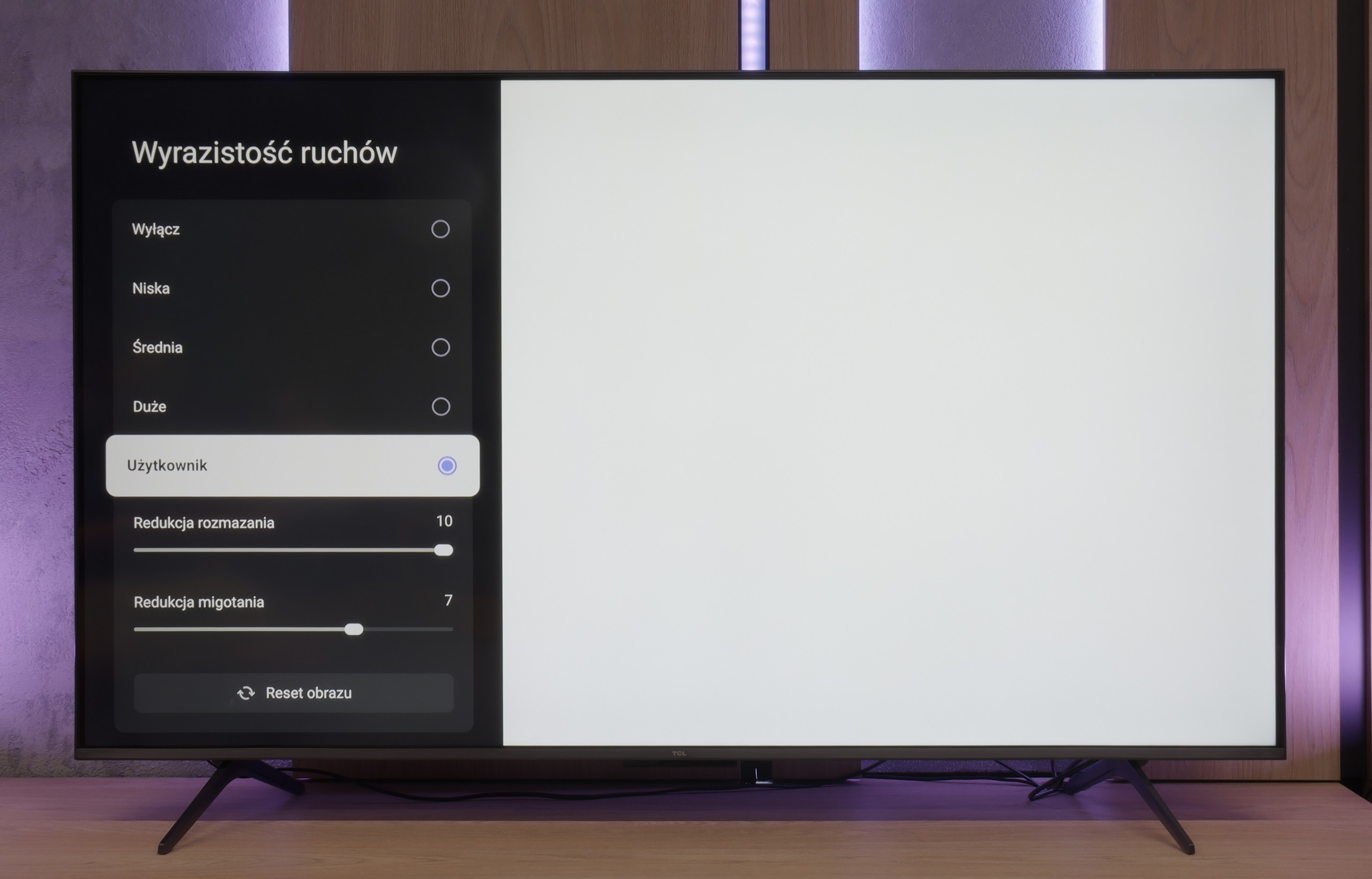
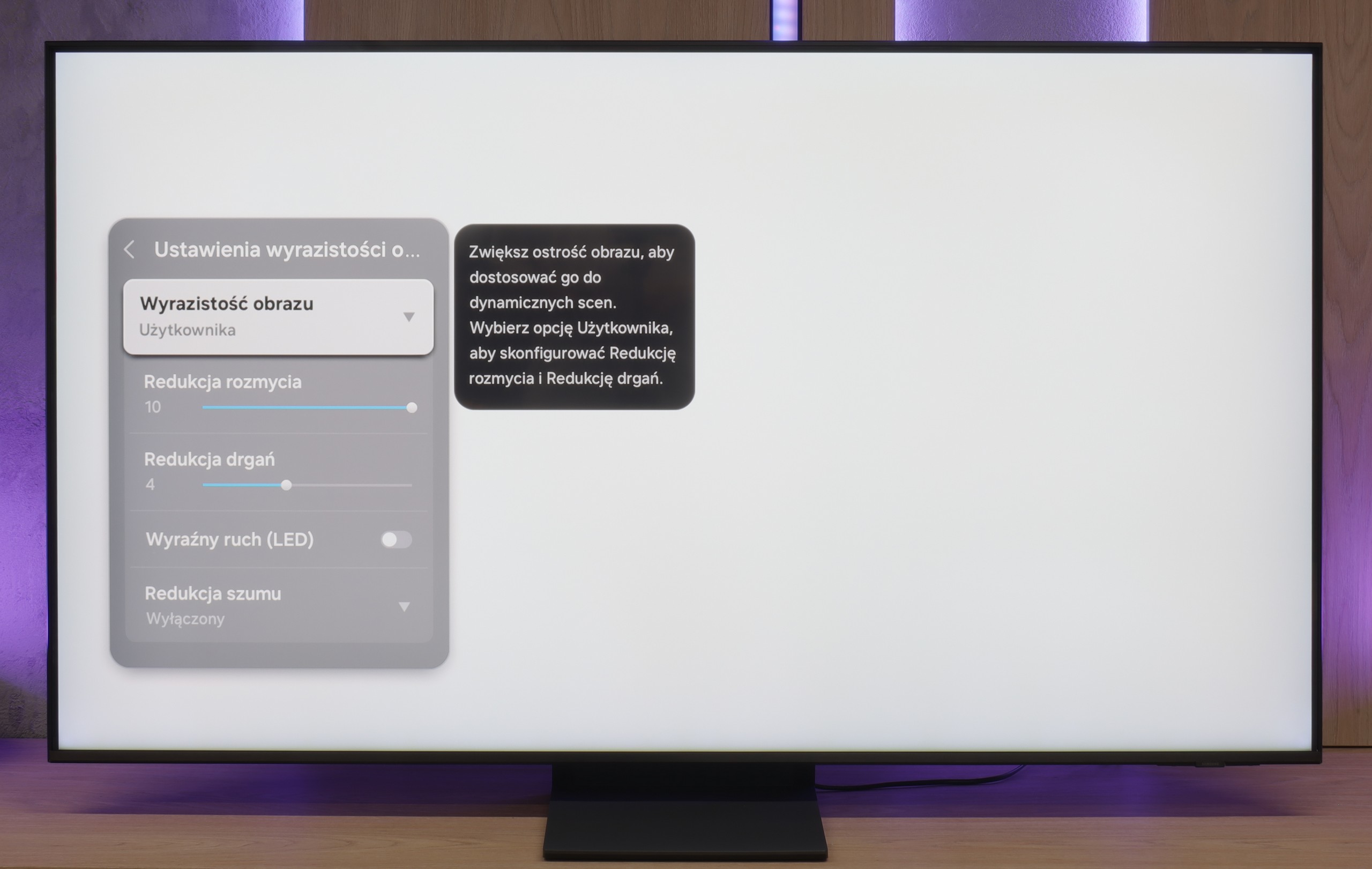
Blur (native resolution, maximum refresh rate):

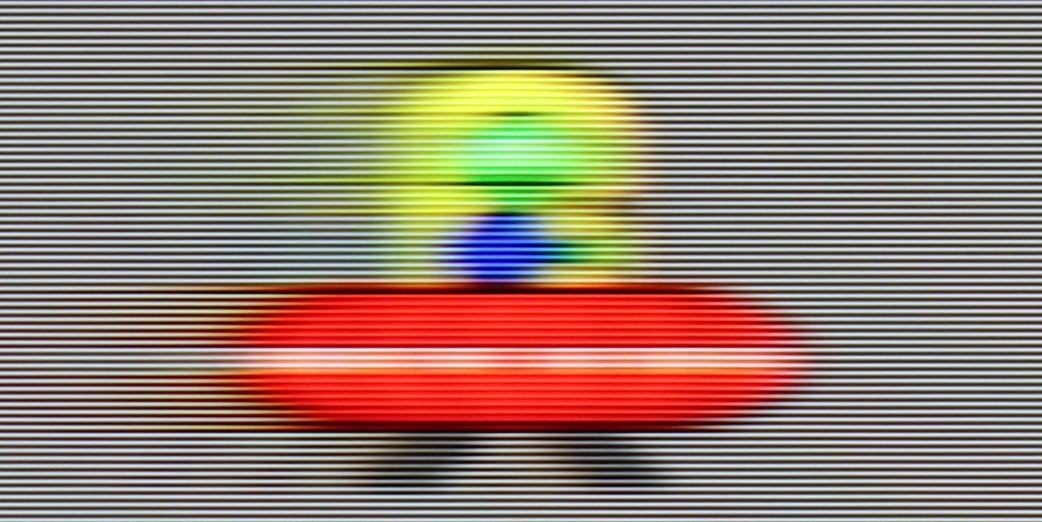
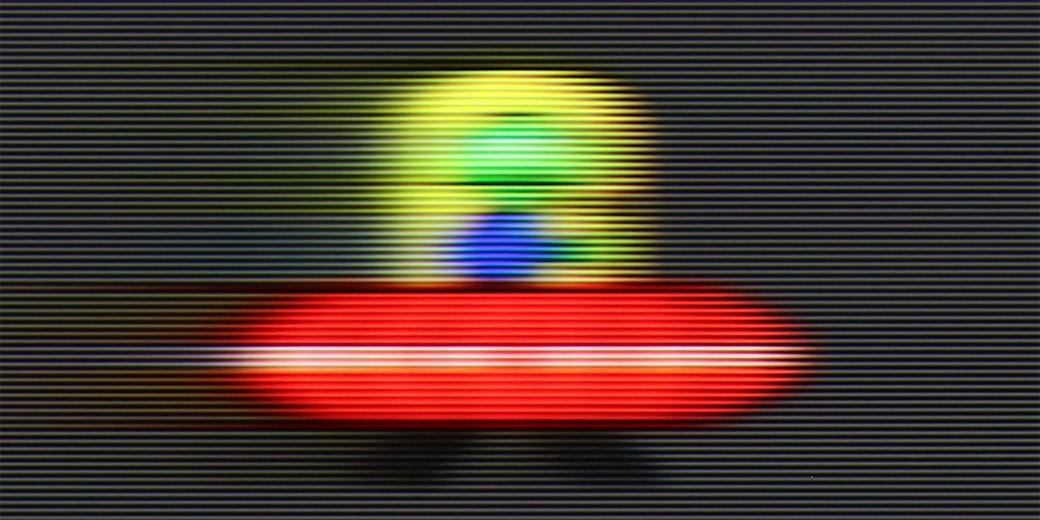



Blur (BFI function enabled):



Image flickers in this mode



Smużenie ():
Smużenie (4K 144Hz):



TCL C6K uses a 144 Hz panel, which is a significant advantage in this price range. It's an important step forward in comparison to the previous model C655 PRO, which only offered 60 Hz in 4K. The difference is especially noticeable when watching sports or playing games – the ball, players, or fast action in the game are displayed more clearly and without losing detail. An interesting fact is the panel's ability to operate at 240 Hz, which the manufacturer doesn't mention in official materials. We will return to this topic when discussing the PC gaming mode.
TCL has also added a feature for movie watchers: "Motion Clarity," which allows users to adjust the image according to their preferences with two simple sliders. You can either keep the visible film frame or opt for a very smooth, almost theatrical effect. This way, everyone can find settings that match their taste.
The QN70F is a television with a refresh rate of 144 Hz, which in itself places it among the best when it comes to image smoothness. Whether we're watching fast-paced sports broadcasts or gaming on a console – the picture looks fantastic. There's no sense of stuttering, clipping, or the typical "judder" seen in lower-end models during fast motion. Samsung also allows you to adjust the smoothness to your own preferences. In the picture clarity settings, we find options such as motion blur reduction and judder reduction – each of which can be adjusted independently. This is especially useful when we are watching content with a lower frame rate and want to give it a smoother, more cinematic feel – or conversely, maintain the natural filmic "feel" of 24 frames.
Console compatibility and gaming features
9.8/10
8.2/10
- ALLM
- VRR
- VRR range48 - 240Hz48 - 144Hz
- Dolby Vision Game Mode
- Correct implementation of HGIG
- 1080p@120Hz
- 1440p@120Hz
- 4K@120Hz
- Game bar
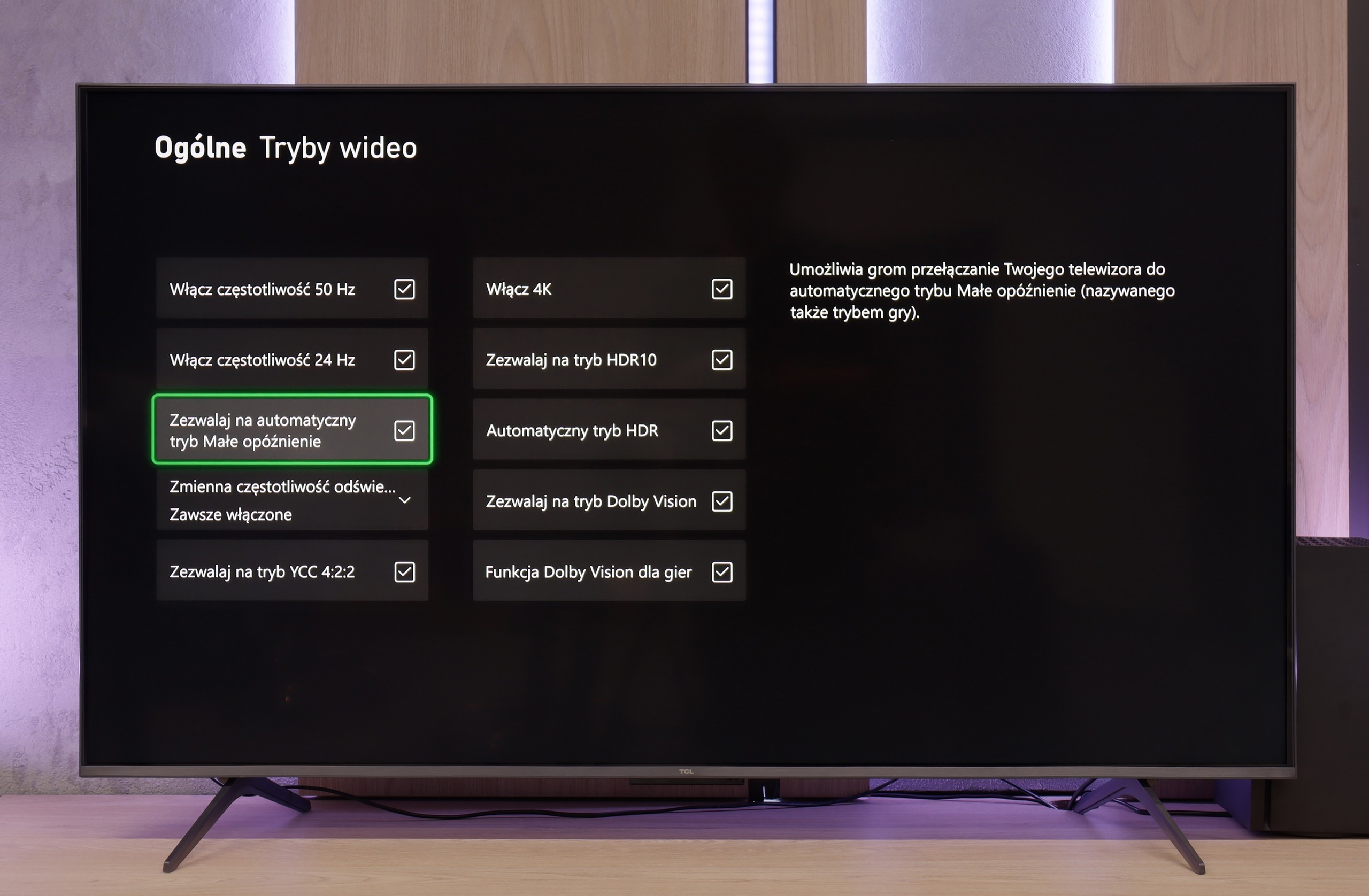
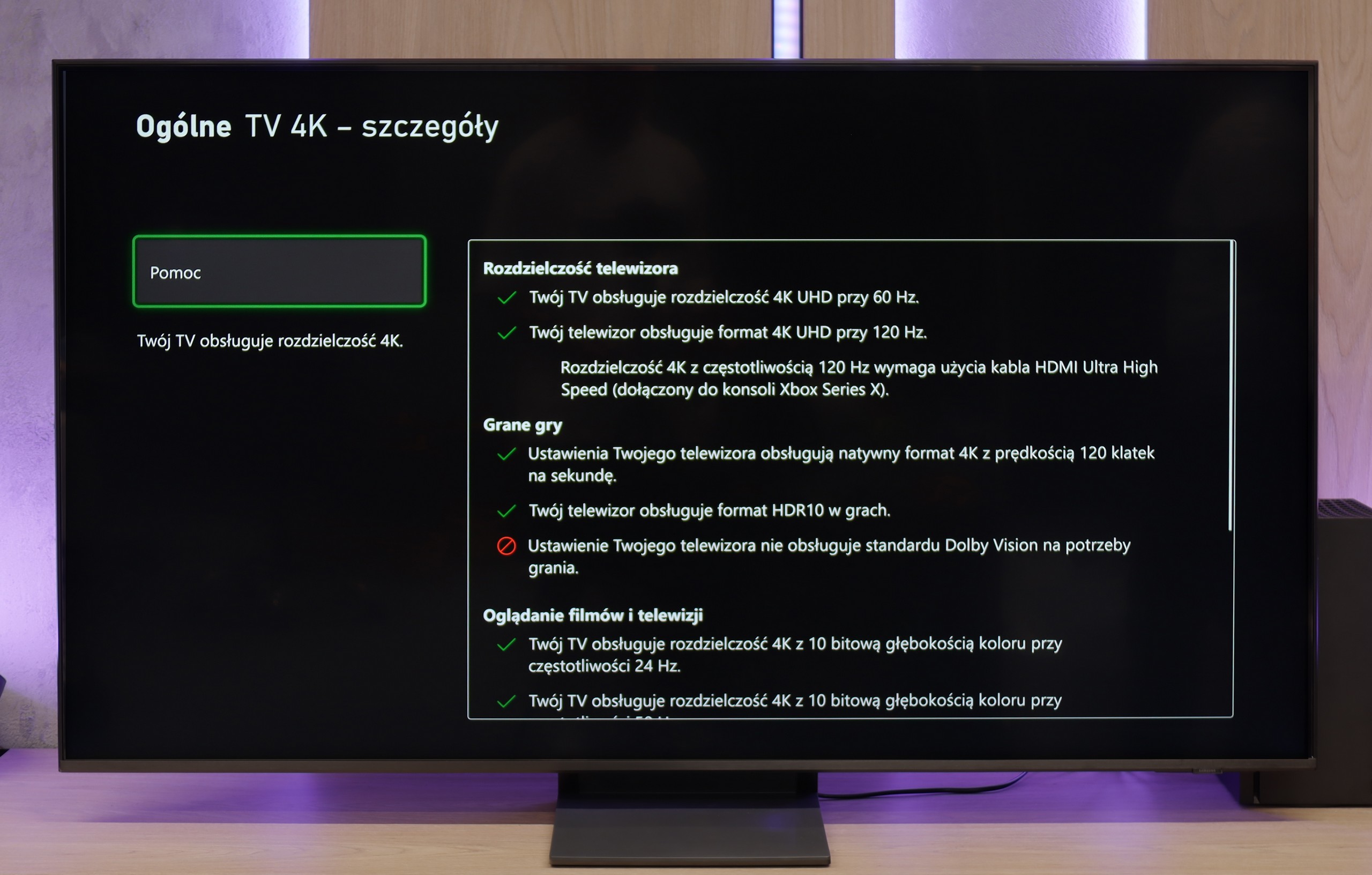
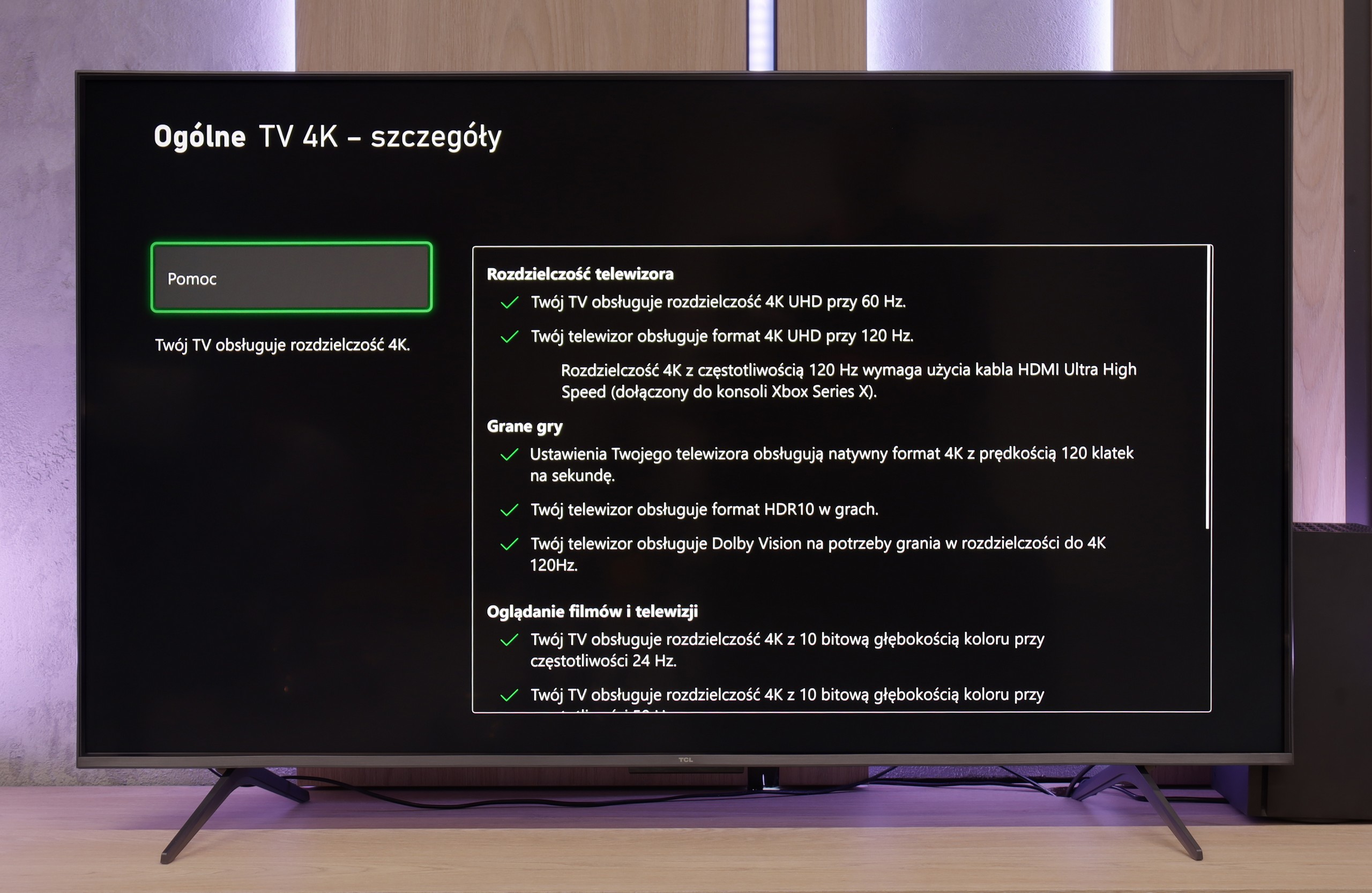
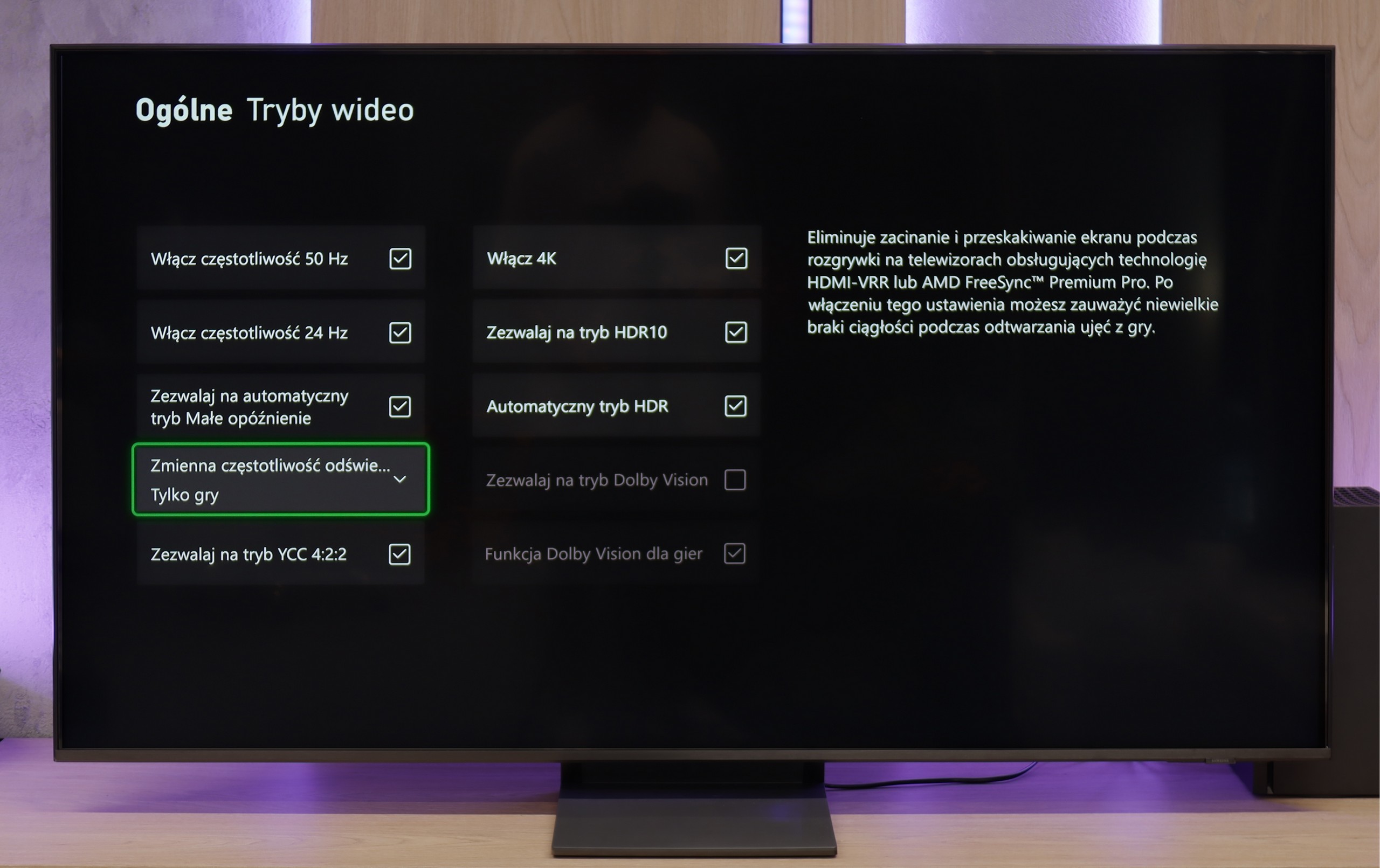
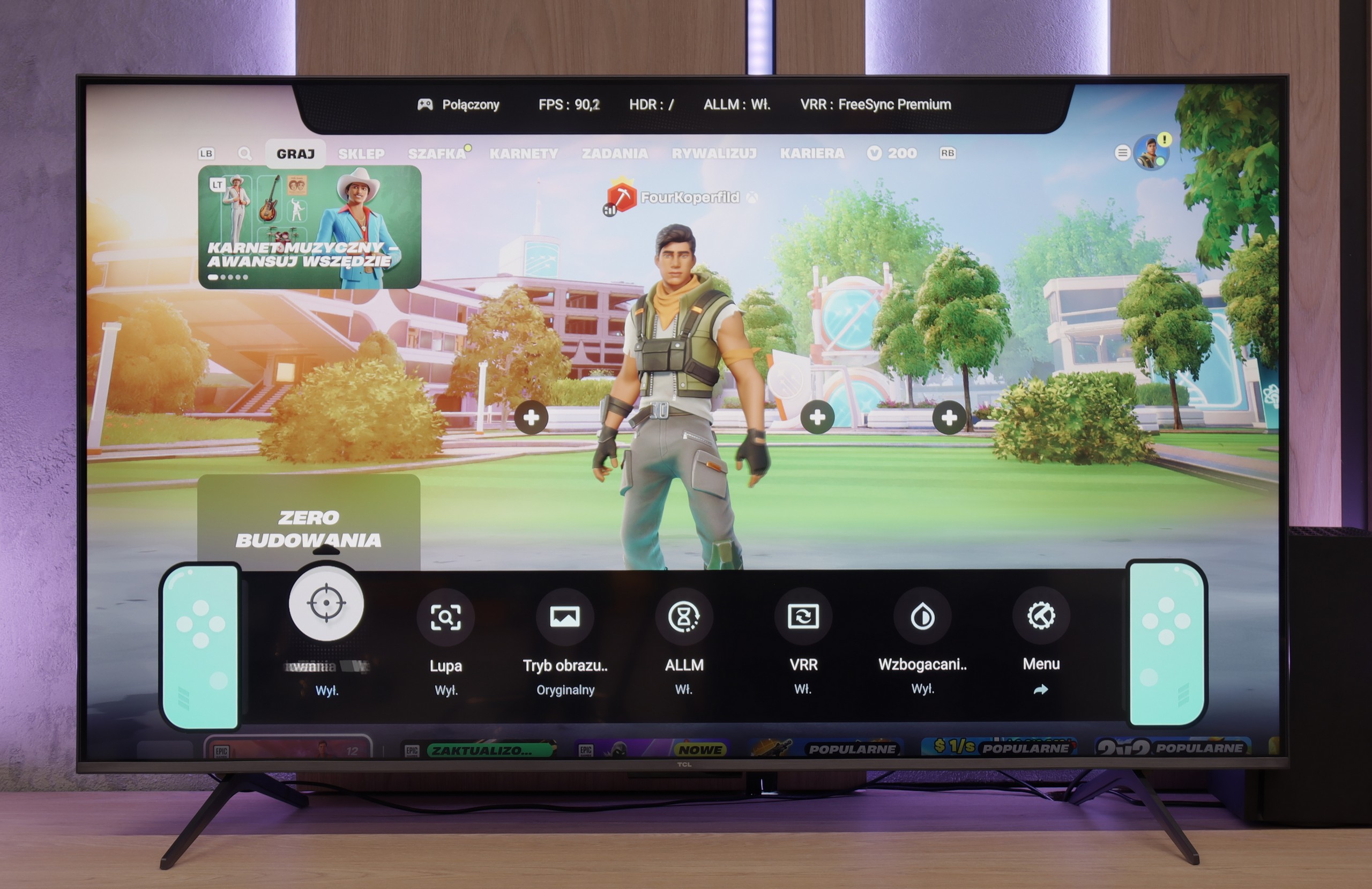
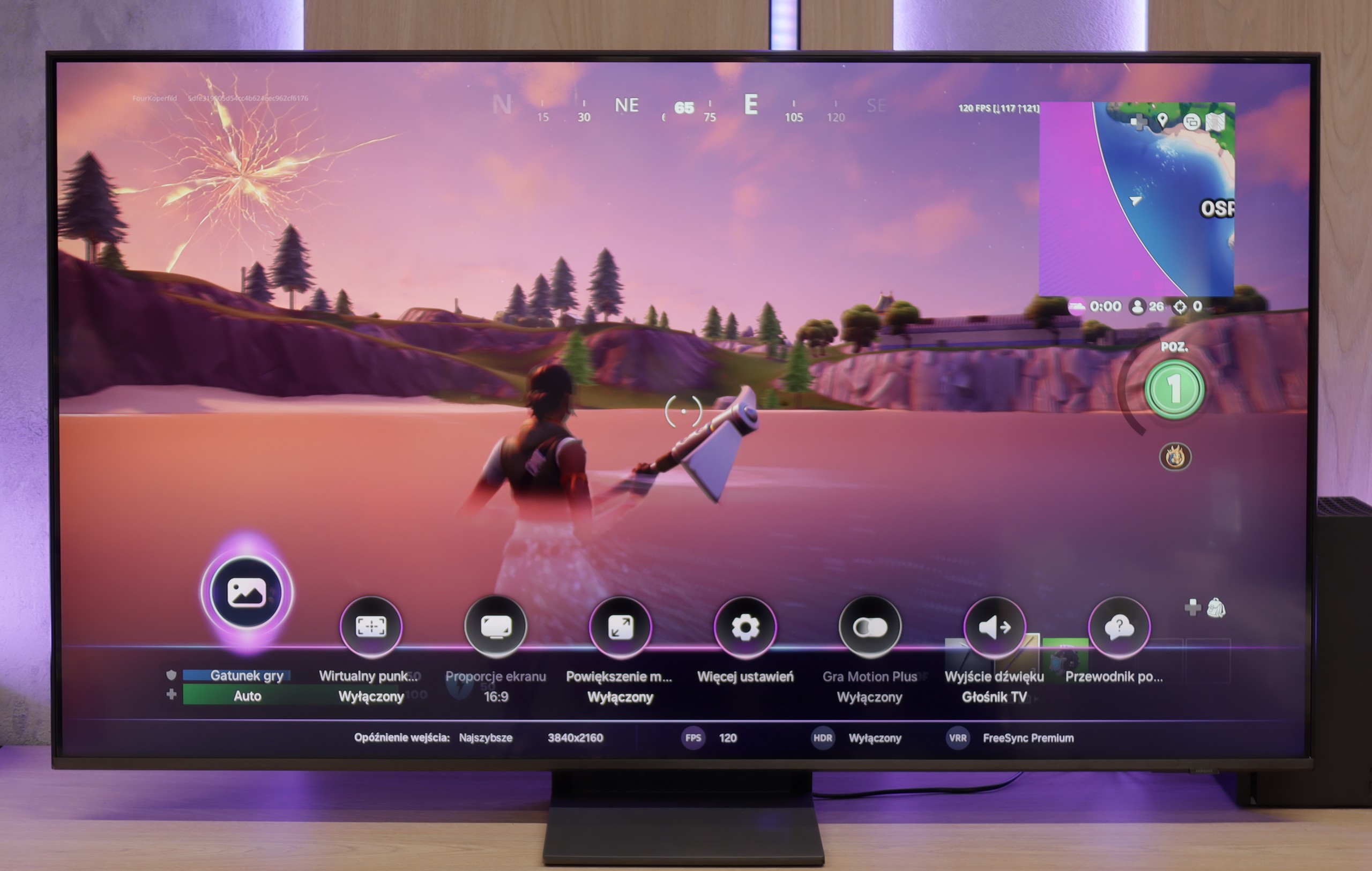

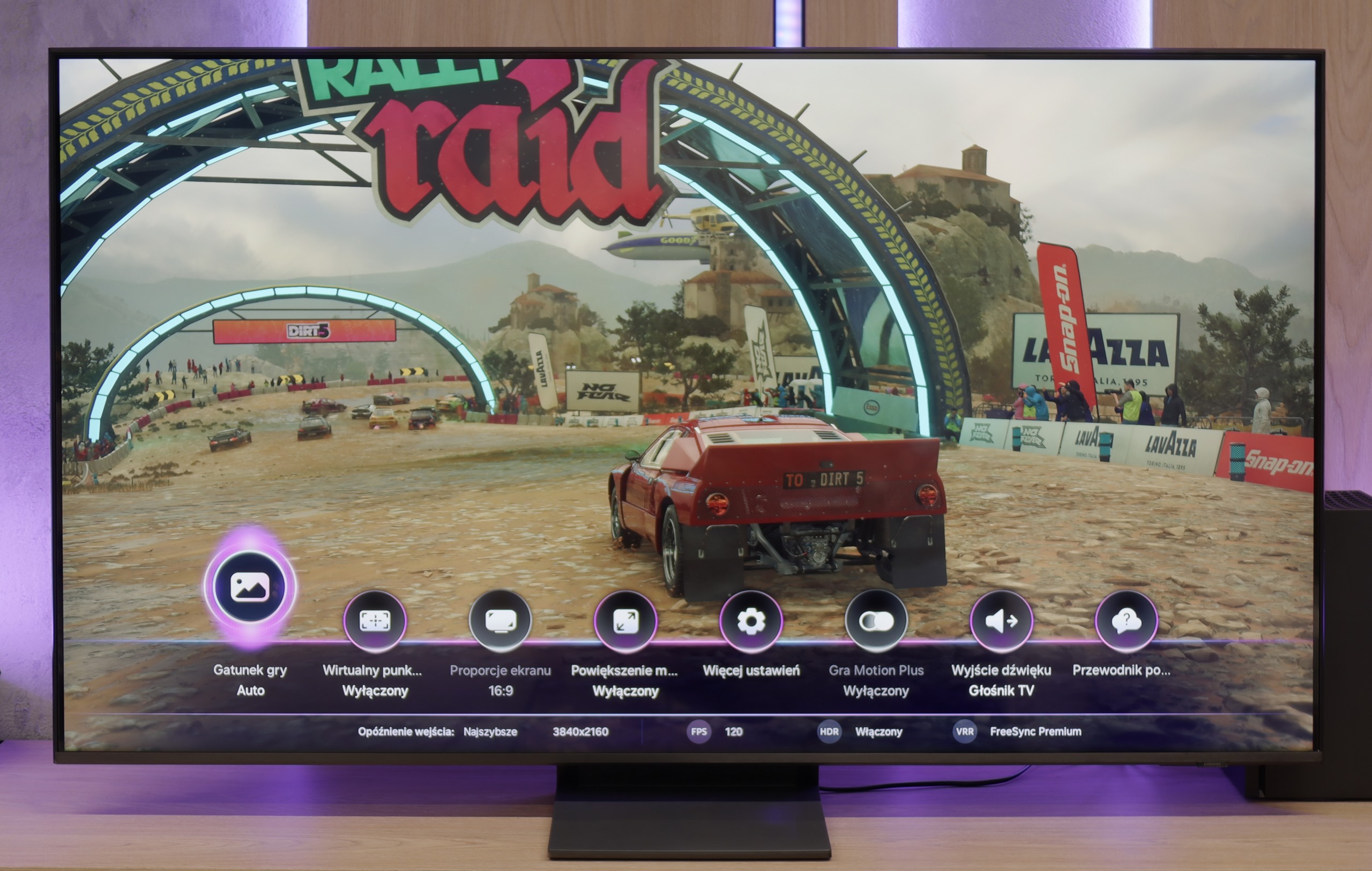
The TCL C6K is a television that can confidently be called equipment designed for gamers. We have 4K at 144 Hz, VRR support, an automatic gaming mode (ALLM), and Dolby Vision Gaming. On top of that, there's a practical Game Bar, which is a panel with the most important settings handy – useful when we want to quickly change something during gameplay (e.g. screen ratio: Yes, you can!). Notably, it has a wide range of VRR, reaching up to 240 Hz. However, this option is mainly for PC gamers who drop below the native 4K resolution. In that case, the television can spread its wings and show additional smoothness, especially in fast e-sport titles. For consoles, we stick with the classic limit of 120 Hz, but the possibilities are still quite broad. The only slight drawback is some minor motion blur that can occasionally be seen in dynamic scenes. Other than that, the C6K offers everything gamers expect from a television.
Samsung QN70F is a really solid choice for gamers. It features four HDMI 2.1 ports with full bandwidth of 48 Gbps, which means full support for gaming in 4K at 144 Hz refresh rate. Plus, it has all the basic features we expect today: automatic game mode (ALLM), variable refresh rate (VRR), and a very well-designed, intuitive Game Bar that displays information about the mode, resolution, and frame rate.
The Game Motion Plus feature is also worth noting, as it allows for the addition of artificial frames to games running at 60 fps or less. It works surprisingly well and improves gameplay smoothness in many titles—especially in those where consoles struggle to maintain a stable frame rate—without significant latency.
Unfortunately, there are some drawbacks. The lack of support for Dolby Vision mode is not surprising—it’s a standard for Samsung. However, the absence of the HGiG feature is far more disappointing. Worse still, it was removed in a software update, which might catch users who previously relied on it off guard. Without HGiG, one cannot manually set the maximum HDR brightness from the console, resulting in some games looking slightly overexposed—especially if the TV misinterprets the tonal range. Why Samsung, a brand that has set the standards for gaming features for years, decided to take such a step is hard to say. At the time of writing this review, the tested TV was running on software version 1110—and frankly, if you care about full support for gamers, it’s better to hold off on updates for now.
Input lag
9.7/10
10/10
SDR
HDR
Dolby Vision
In terms of input lag, the TCL C6K performs excellently. With 120 Hz content, the delay is around 10 ms, and at times even less. This is at a level where the response is practically instantaneous, and it’s hard to find any complaints. For 60 Hz materials, the result is around 18 ms – still a very good result, more than adequate for comfortable gaming.
The QN70F doesn't disappoint in terms of response time either. For 120 Hz content, the input lag hovers around 8 ms, which can be considered a very good result – especially in the context of online competition or dynamic action games. The screen responds to controller movements almost instantly, with no noticeable delay. This makes for smooth and comfortable gameplay, even in more demanding titles. In this category, Samsung continues to maintain a high standard, and it's hard to find anything that could raise concerns.
Compatibility with PC
8.6/10
8.2/10
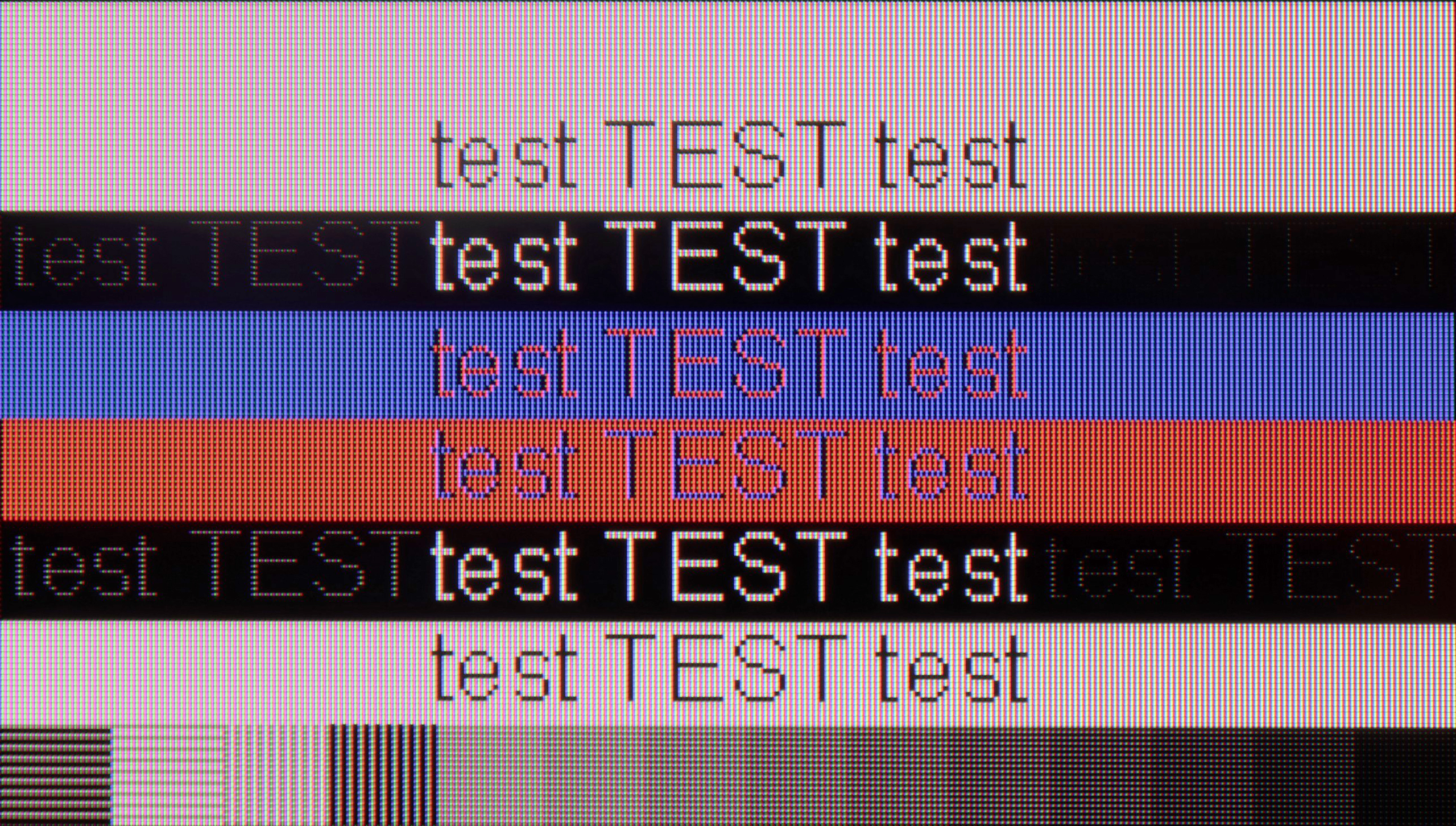
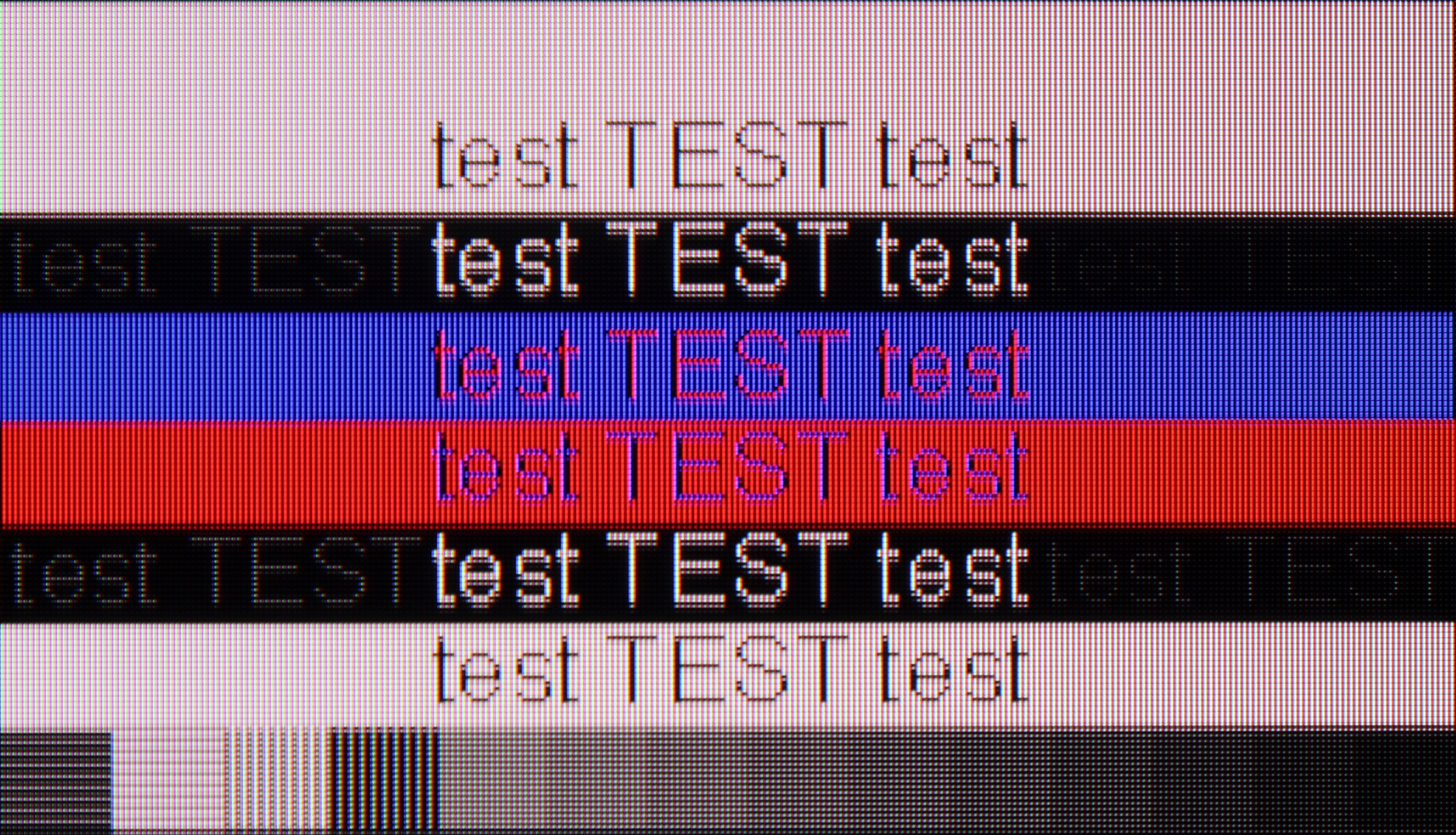
After connecting the TCL C6K to the computer, it performs excellently. At native resolution, we have 4K at 144 Hz, and if we lower the resolution, we can even achieve 240 Hz. Additionally, the TV works well with Nvidia and AMD cards – it supports both G-Sync and FreeSync. It’s also hard to fault for office work. Fonts are sharp and readable thanks to 4:4:4 chroma support, and any minor imperfections are so negligible that they're simply not noticeable in regular use.
Let's start with the best part when it comes to connecting the QN70F to a computer – that is, gaming. With a refresh rate of 144 Hz, support for G-Sync compatible VRR, and very low input lag, it’s the recipe for almost the perfect screen for PC gamers. In this role, the QN70F really doesn't disappoint – games look smooth, responsiveness is at a very high level, and everything runs steadily.
However, the situation is a bit worse when it comes to working with text. At 4K resolution and a refresh rate of 144 Hz, there is a noticeable slight blurriness in the edges of fonts – text may appear slightly smeared, with a minor “layering” of outlines. This is not a problem that disqualifies the QN70F's usability as a monitor, but those planning to do office work or text editing on this screen should bear this in mind.
Viewing angles
3/10
3.1/10
In the TCL C6K, the viewing angles are typical for VA panels. Sitting directly in front, the picture looks very good, but any movement to the side results in a noticeable drop in colour saturation and brightness. The difference is particularly evident in colourful scenes – the hues become washed out, and the contrast loses its depth. Compared to IPS panels, this is clearly a weaker result, although the better black levels and higher native contrast remain a compensating factor – "you win some, you lose some".
For a VA panel, the viewing angles on the QN70F are typical – meaning rather average. The image quickly loses contrast and saturation when we start looking at the screen from a greater angle. Compared to IPS panels, it performs significantly worse. On the other hand – thanks to this panel, we gain better black levels and higher contrast when viewing straight on, which for many users will be more important than wide visibility from the sides.
TV efficiency during daytime
6.4/10
6.3/10
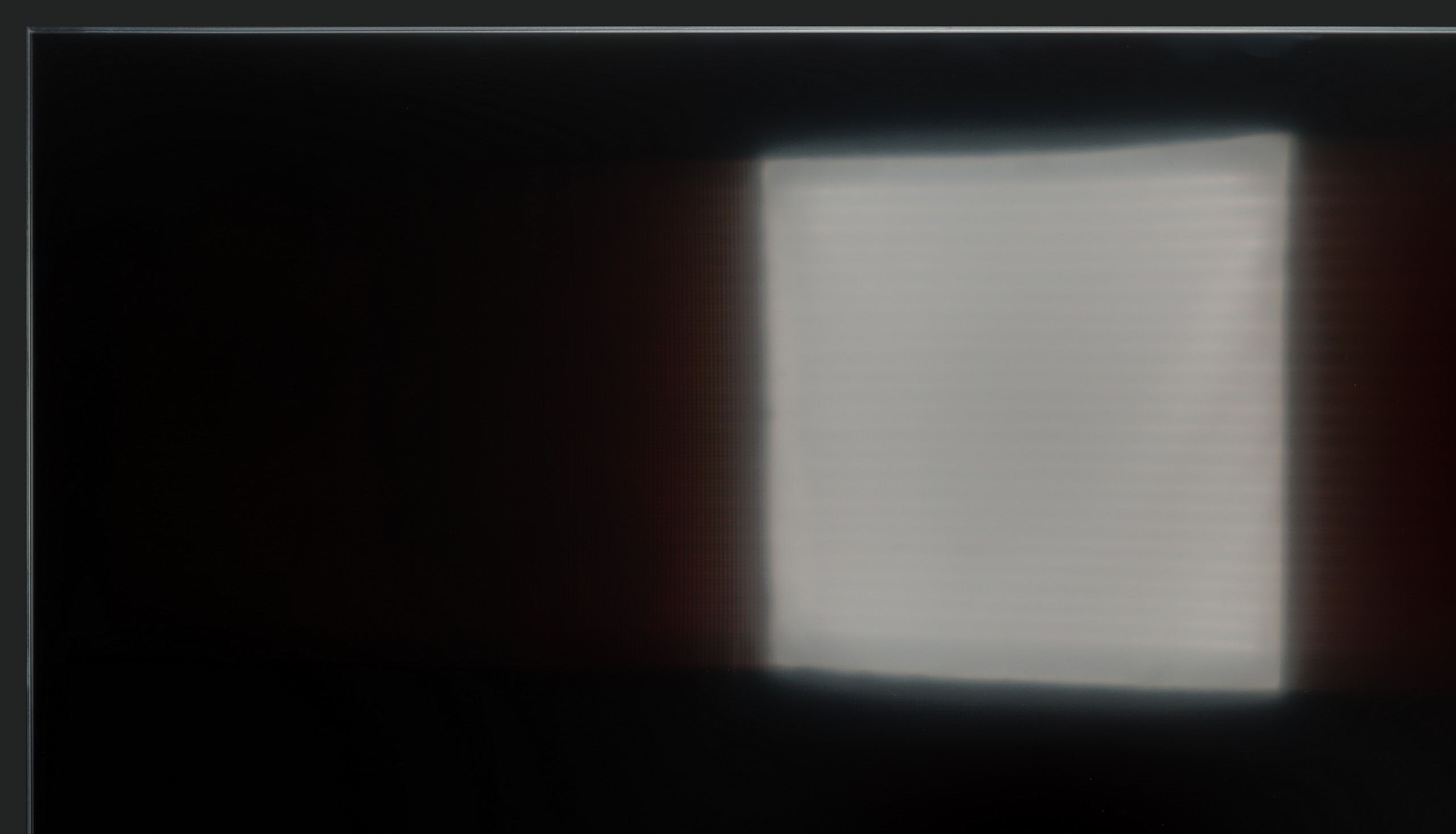
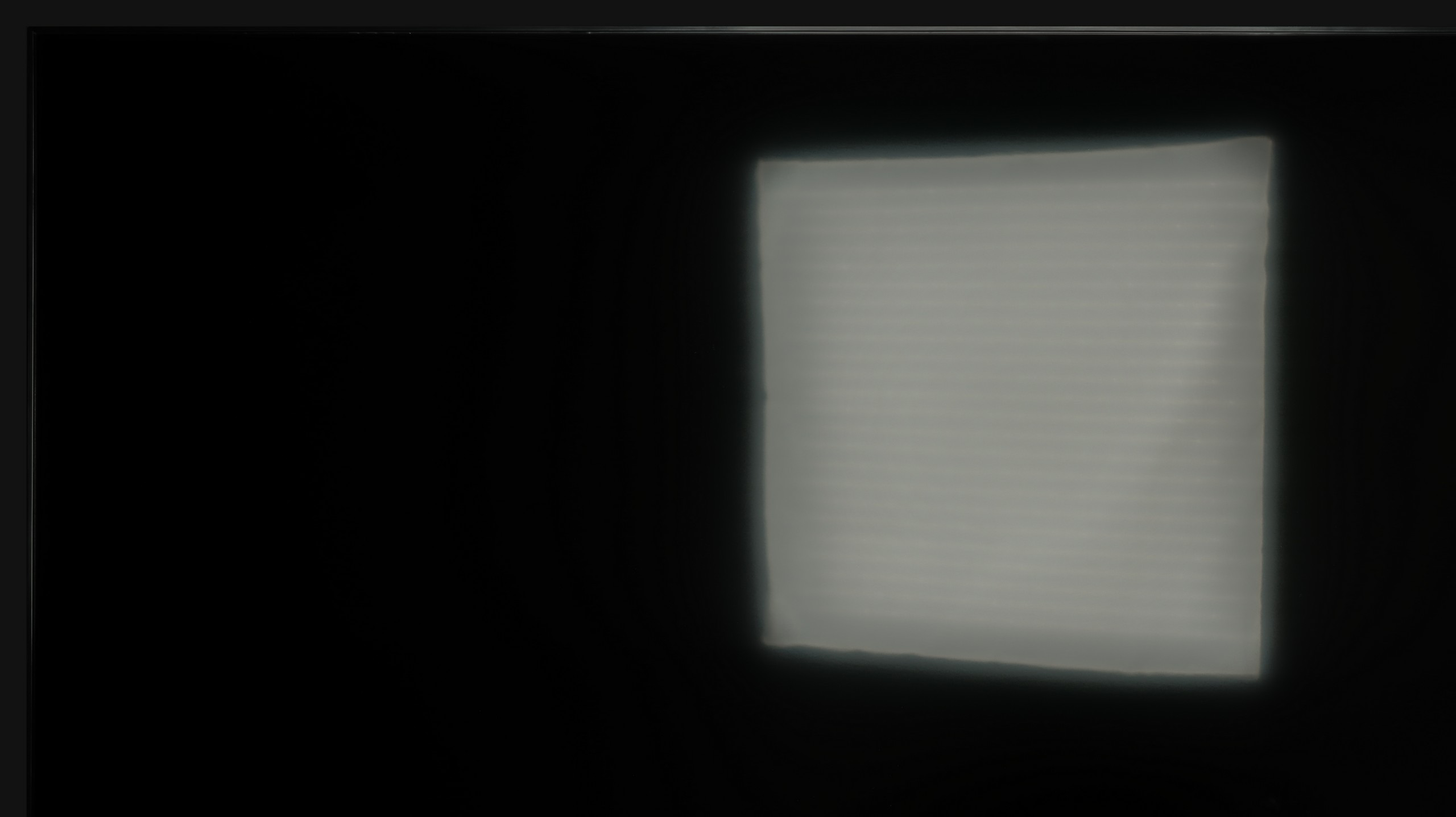


Matrix brightness
Average luminance SDR
Samsung Neo QLED QN70F / QN74F / QN77F: 492 cd/m2
TCL C6K: 532 cd/m2
TCL C6K performs quite well in bright lighting conditions. The panel offers decent brightness – achieving around 550 nits in SDR content, which allows for comfortable viewing in a moderately lit lounge, even on days with strong light coming through the windows. This means that daytime viewing does not require complete darkening of the room. It's also worth noting that the screen coating does quite a good job of reducing reflections, so the TV doesn't turn into a "mirror" even with bright lighting. However, this is not on the level of top models with more advanced anti-reflective coatings – in very challenging conditions, such as large windows, reflections will be noticeable.
The QN70F handles a bright lounge without any issues. The screen has a satin finish that effectively reduces reflections, so you don't have to immediately draw the blinds to see anything. Even when there's quite a bit of light in the room – for example, with a window on the side – the image still looks sharp and vibrant. The brightness is also at a solid level. In SDR mode, the television averages around 500 nits, which is more than adequate for daytime viewing. It may not be the level of top-end models, but in practice – for everyday watching of TV, sports, or YouTube – it performs very well.
Details about the matrix
Subpixel Structure:
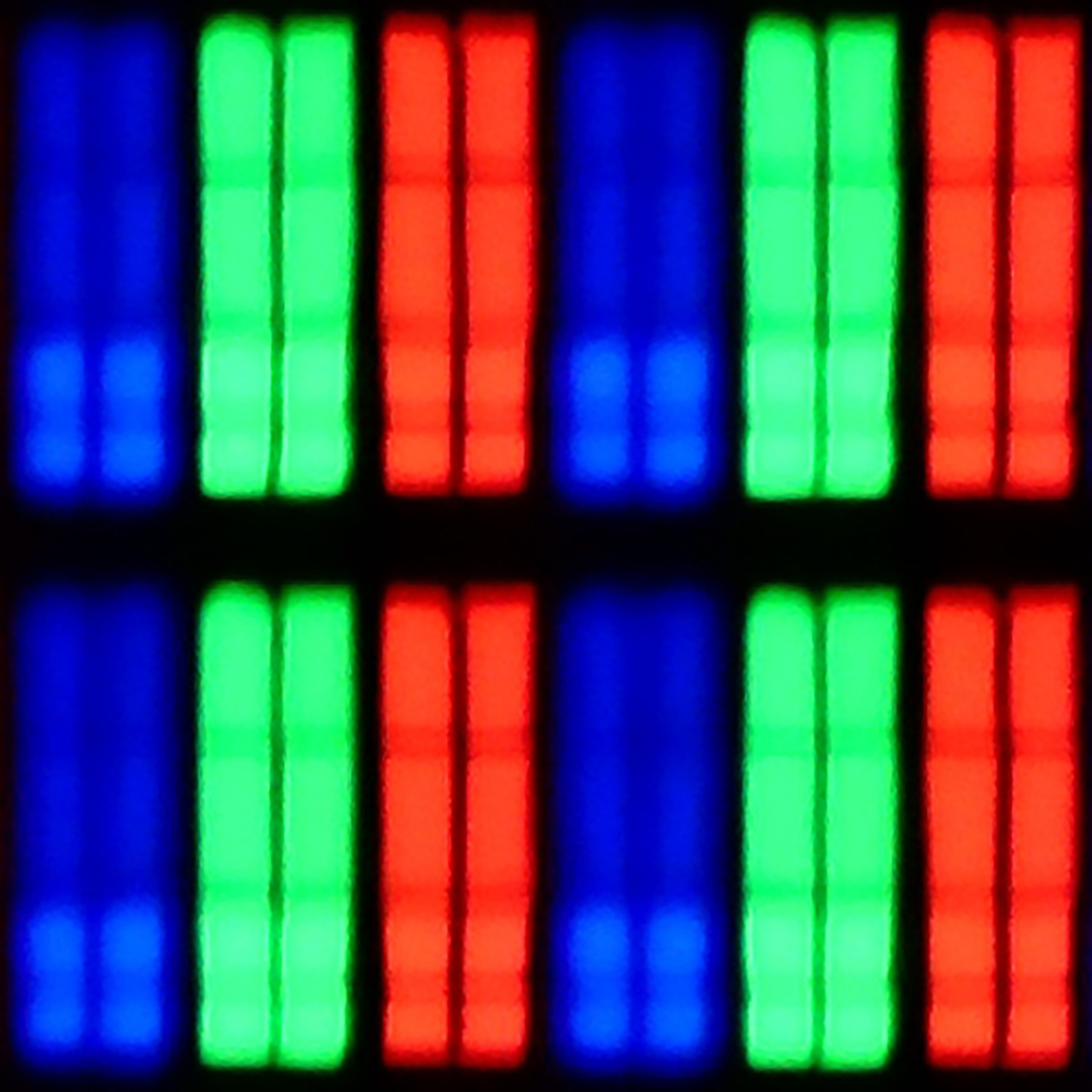

Panel uniformity:


TCL C6K
Samsung Neo QLED QN70F / QN74F / QN77F
TV features
7/10
7.2/10
- HDMI inputs2 x HDMI 2.0, 2 x HDMI 2.1 48Gbps0 x HDMI 2.0, 4 x HDMI 2.1 48Gbps
- OutputsToslink (Optical audio), eARC (HDMI), ARC (HDMI)Toslink (Optical audio), eARC (HDMI), ARC (HDMI)
- Network InterfacesWi-Fi 2.4GHz, Wi-Fi 5GHz, Ethernet (LAN) 100MbpsWi-Fi 2.4GHz, Wi-Fi 5GHz, Ethernet (LAN) 100Mbps
- TV receptionDVB-T, DVB-T2, DVB-S, DVB-S2, DVB-CDVB-T, DVB-T2, DVB-S, DVB-S2, DVB-C
Classic features:
- Recording to USB (terrestrial TV)
- Recording programming
- Picture in Picture (PiP)
- RF remote control (no need to aim at the screen)
- Backlit remote control
- Teletext
- Audio only mode
- Possibility to connect Bluetooth headphones to the TV
- Possibility to simultaneously use Bluetooth headphones and the TV speaker
Smart features:
- AirPlay
- Screen mirroring (Windows Miracast)
- Wyszukiwanie głosowe
- Voice search in native language
- Ability to connect a keyboard and mouse
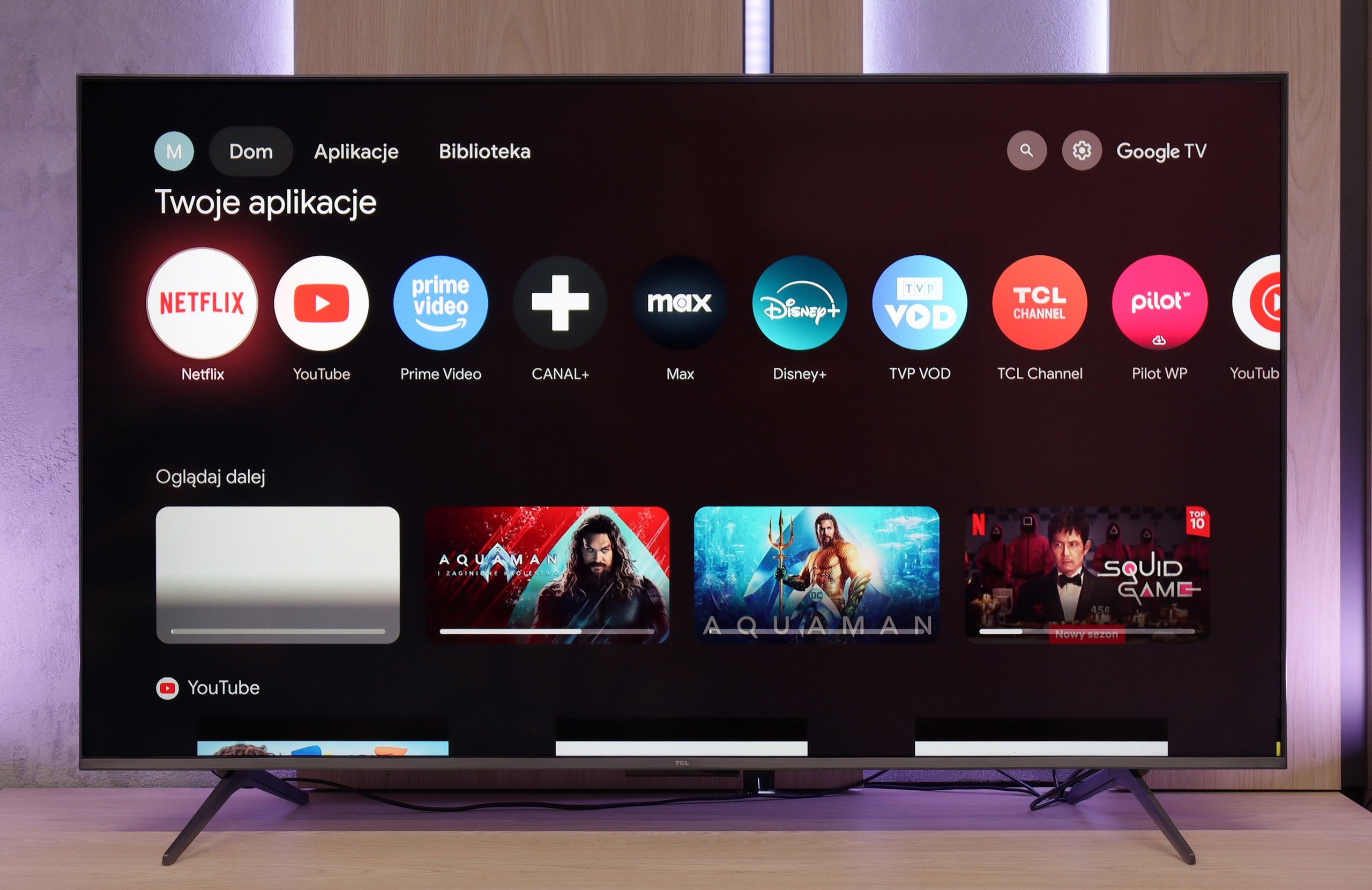
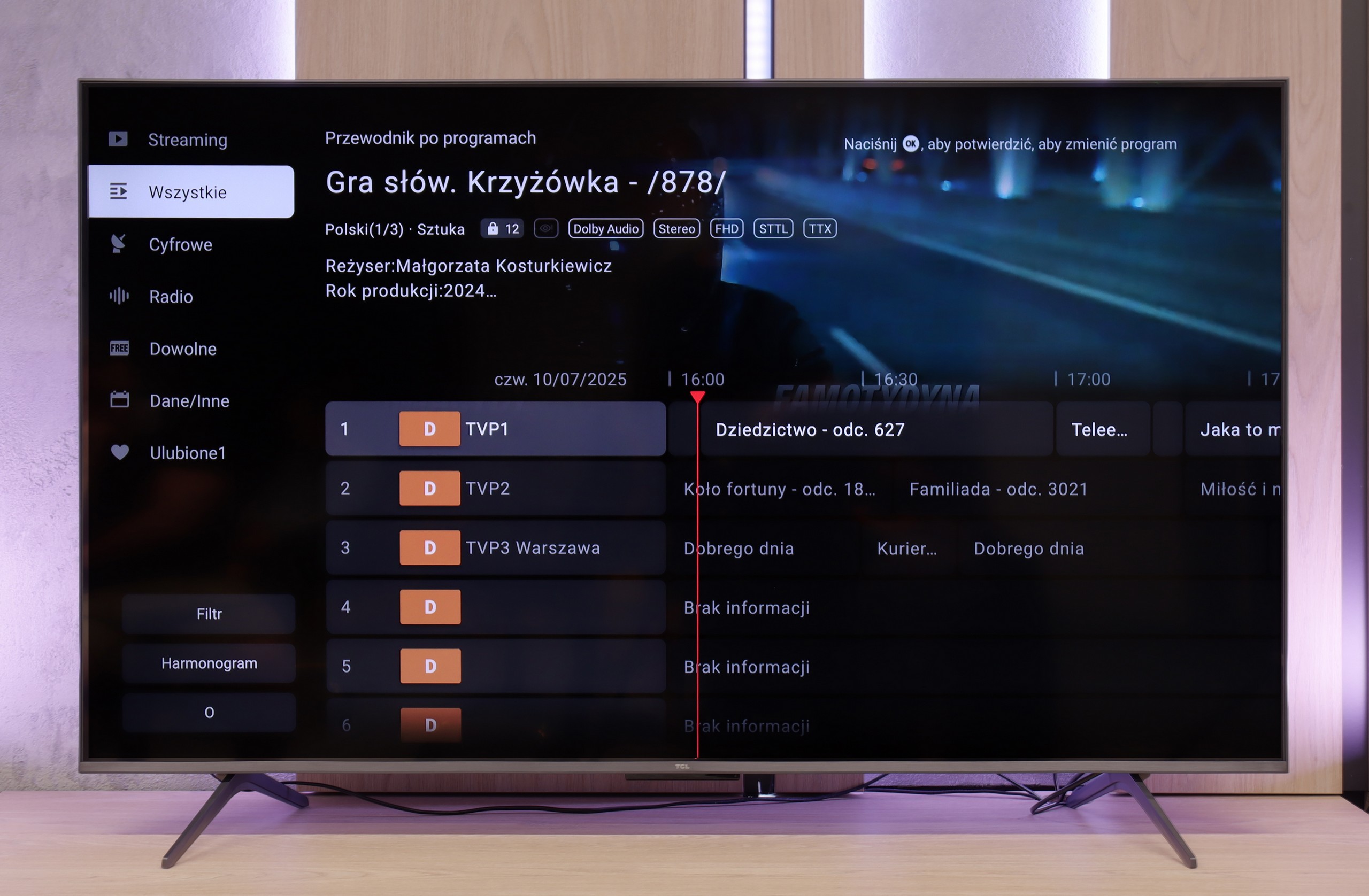
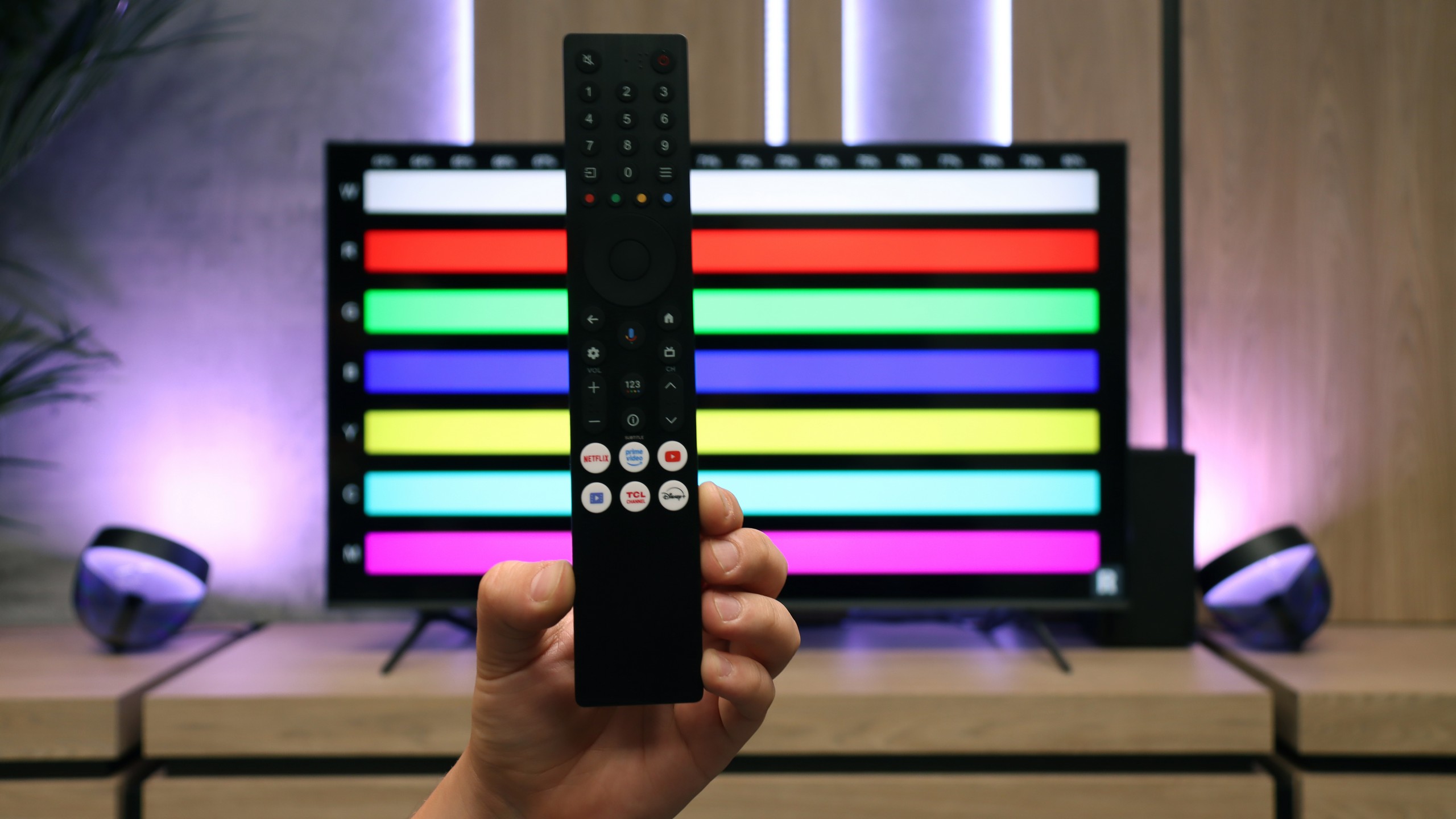

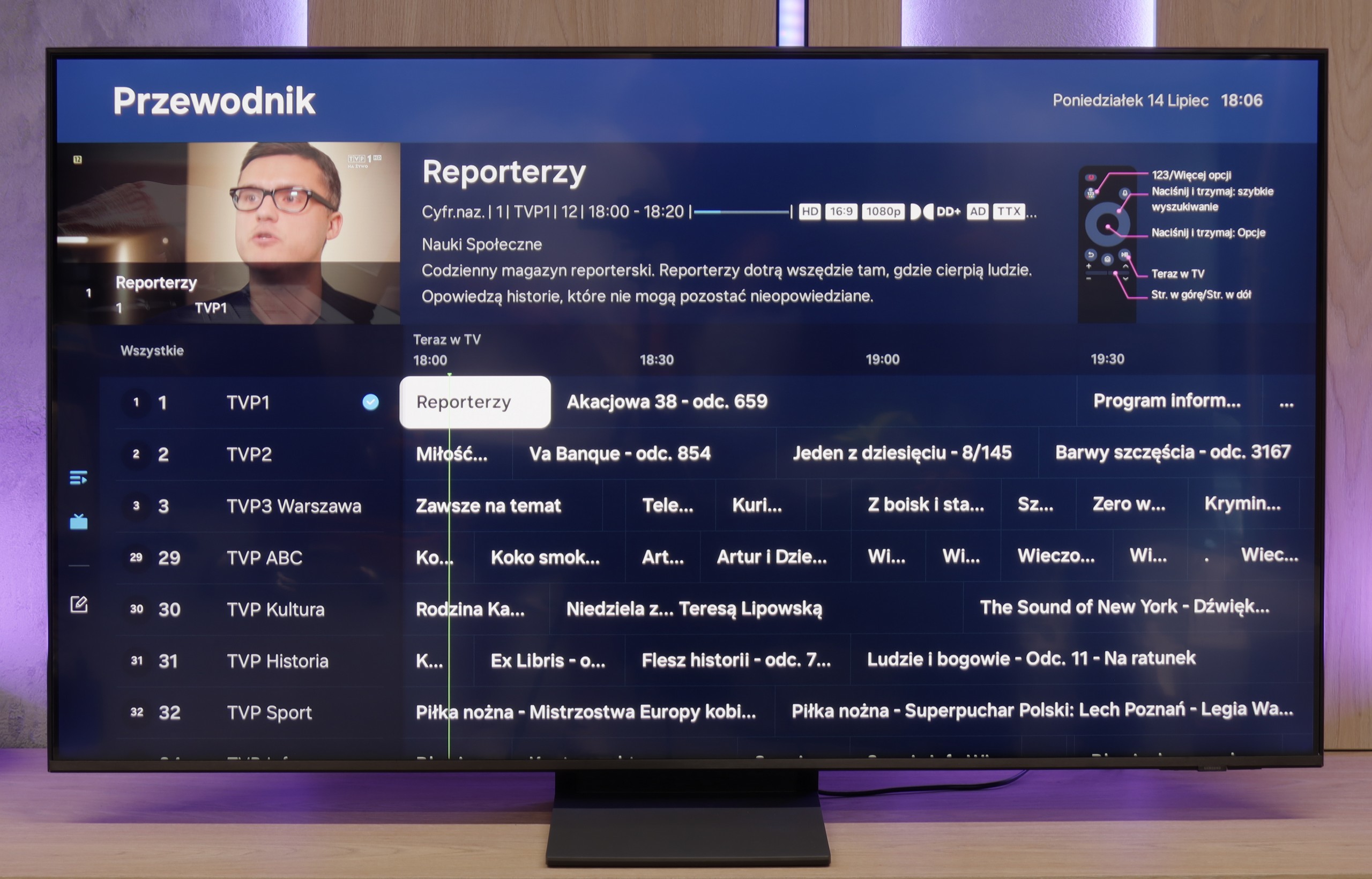
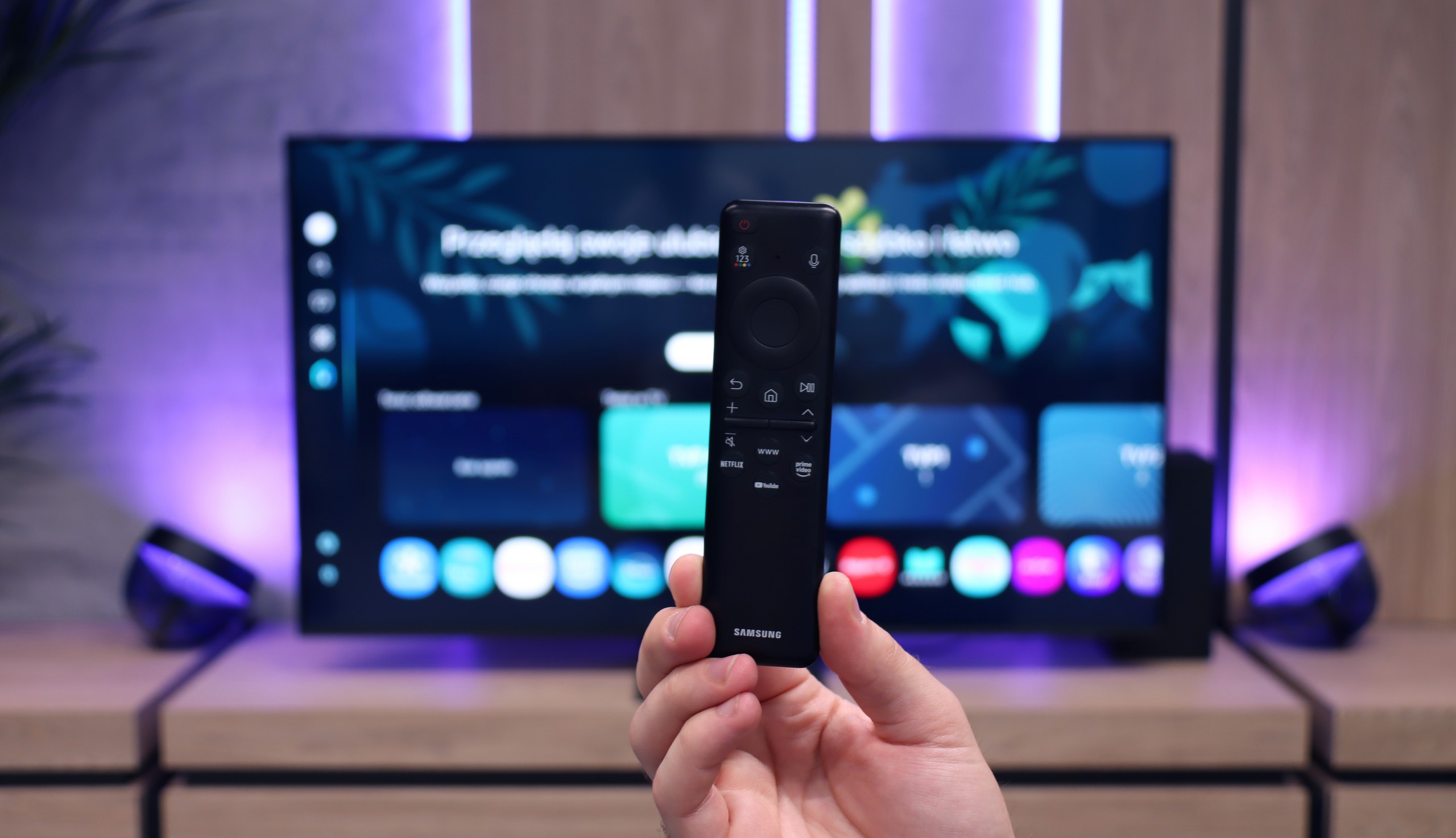
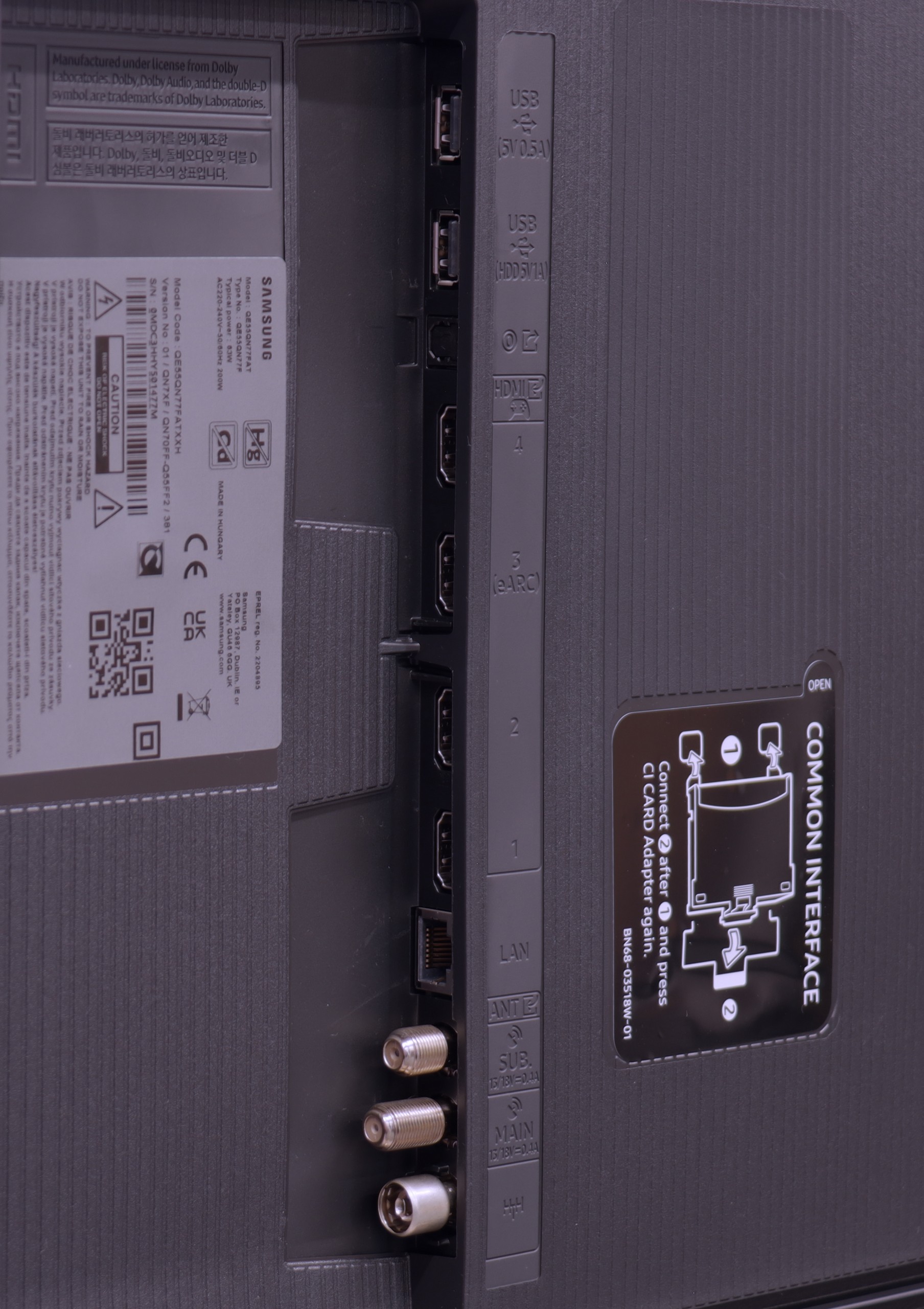
Multimedia Features: Google TV
The standout feature of the TCL C6K is undoubtedly the Google TV system. It gives the television its character and gives it an edge over many competitors. We have a full suite of services – from support for popular streaming apps, through screen mirroring support, to AirPlay, so iPhone users will feel right at home. Additionally, there's Google Assistant (now in the Gemini AI version), which not only answers questions but also efficiently carries out simple commands like changing channels or searching for content on VOD services. The system itself operates quite responsively, although it’s hard not to mention a certain drawback – the clumsy translations in the Polish menu can elicit a smile but sometimes require a moment of thought to decipher what’s really meant.
Classic Features
When it comes to classic television features, the TCL C6K is rather average. We won’t find USB recording or PiP mode, which may be disappointing for some. However, the manufacturer hasn’t forgotten the basics – teletext television and a clear EPG are available, which still hold significance for some users. In everyday use, support for external audio devices via Bluetooth comes in handy – a straightforward way to connect a speaker or headphones, which could be a practical solution for seniors. Beyond that, it’s hard to spot elements that would distinguish the C6K from its competitors – it’s simply a solid, but standard package of basic features.
Television Features
QN70F does not forget about the classic features that still matter to many users. Onboard, we find, among other things, a picture-in-picture (PiP) mode, thanks to the presence of two tuners, teletext, and a "Sound Only" mode – perfect if we want to use the television like a radio. We can easily pair headphones or a soundbar via Bluetooth, and the remote – despite lacking a numeric keypad – works reliably, allowing control of other devices and additionally does not require us to aim at the screen. It should be noted, however, that like all new Samsung models – we will not find the USB recording feature here. This is a systemic limitation, to which the brand apparently consistently adheres.
Smart TV QN70F – Tizen
The Tizen system, developed by Samsung for years, is one of the most refined Smart TV interfaces. It is fast, clear, and feature-rich. The QN70F supports voice search (also in Polish), wireless image streaming from a phone (both via AirPlay and Miracast), as well as integration with watches and other devices in the Samsung ecosystem. All of this is tied together by the SmartThings app, which allows you to control devices, automate tasks, and connect devices in one network. (Not just Samsung brand). However, it is not perfect. Tizen is a closed system, so the choice of apps can be somewhat limited – especially compared to Google TV. All the major streaming services are available, but if you are using less popular services, it's worth checking in advance whether they are available in the Samsung store.
Playing files from USB
8.9/10
9/10
Supported photo formats:
Maximum photo resolution:
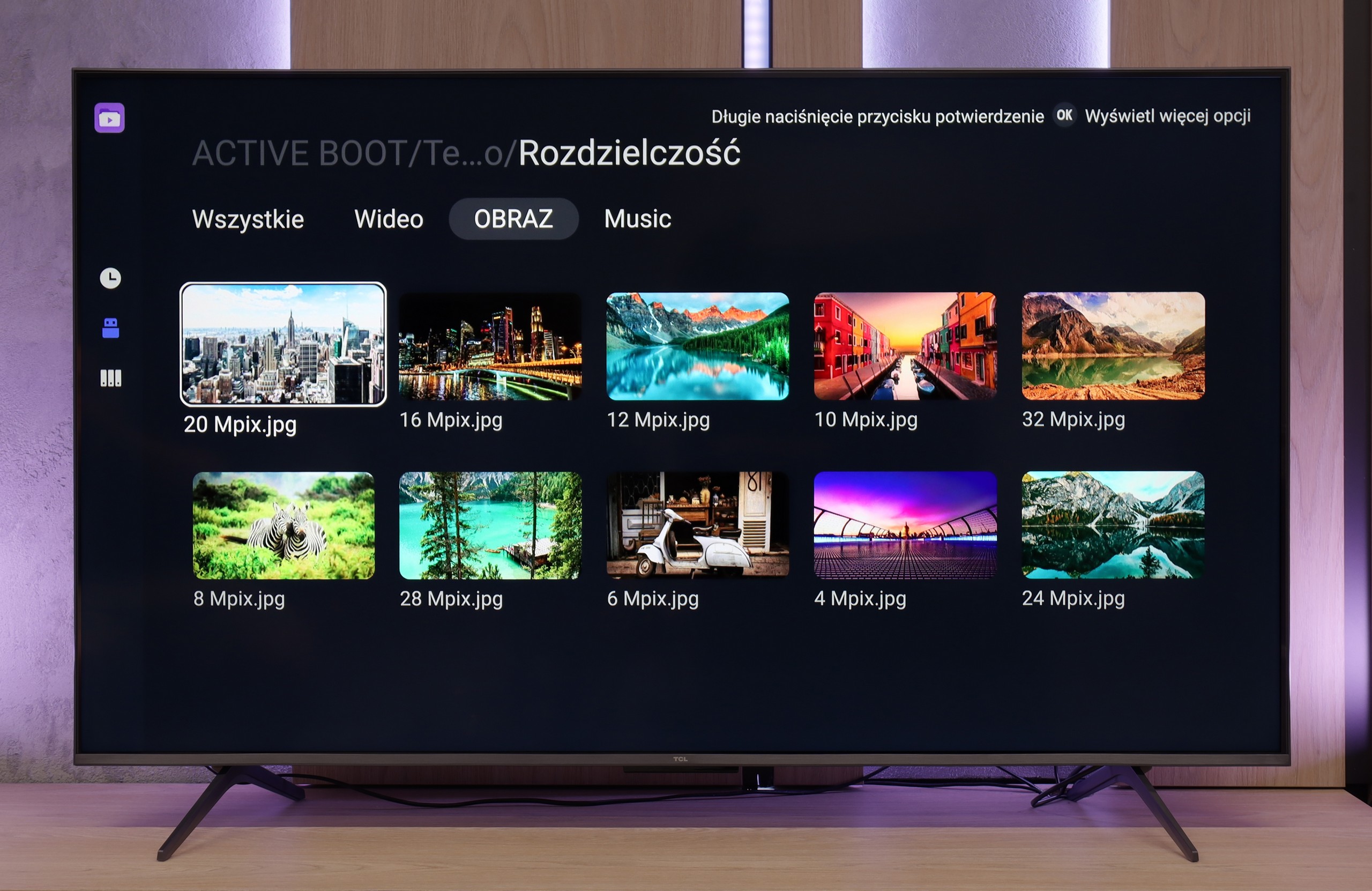
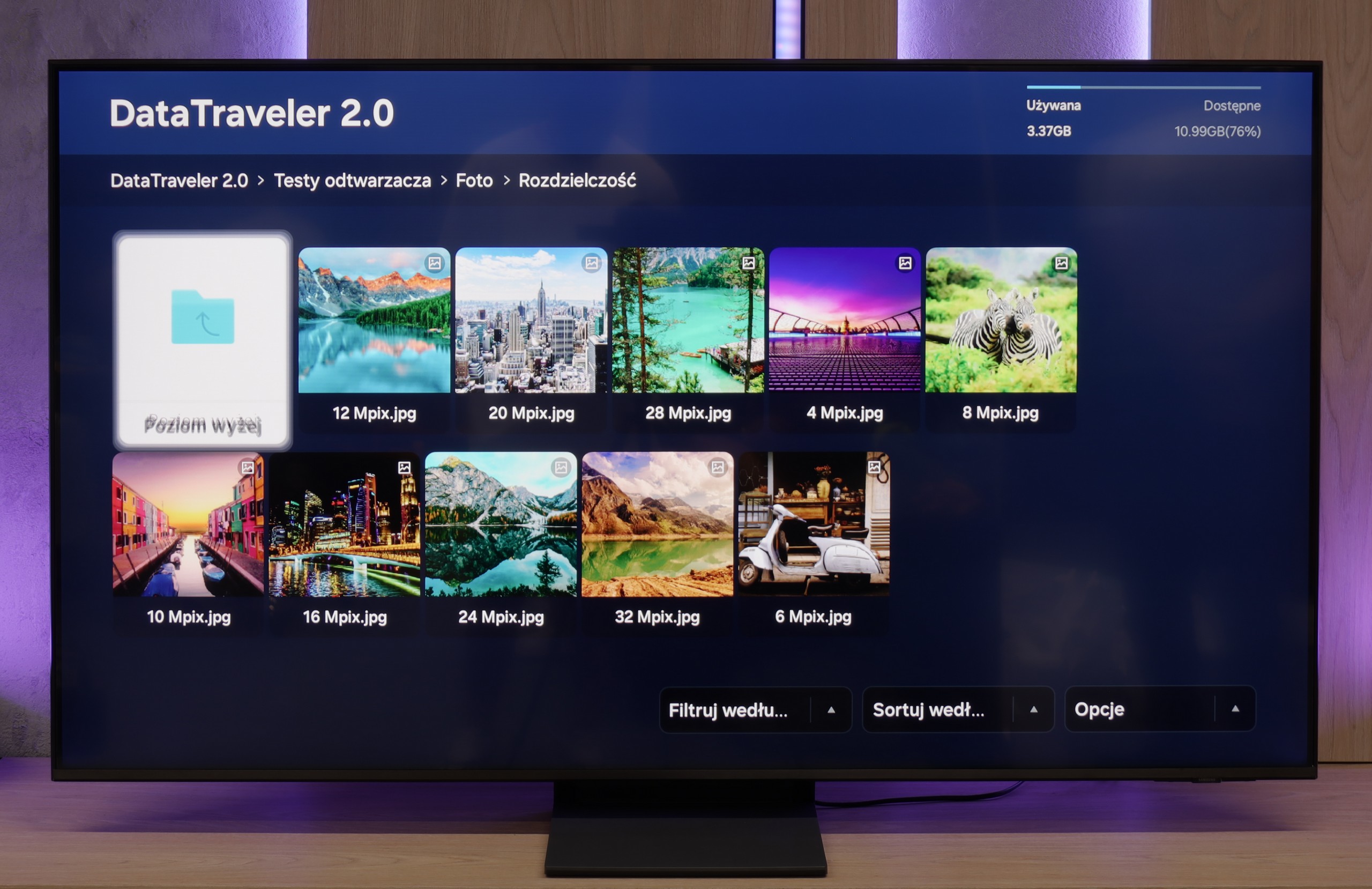
The built-in media player in the TCL C6K performs really well – practically all popular file formats work without major issues. There are minor exceptions, particularly with less common codecs or unusual video file configurations, but in everyday use, this rarely becomes noticeable. The biggest plus, however, is that the television runs on Google TV, which offers complete freedom in choosing additional software. If someone encounters a file that the standard player can't handle, all they need to do is install an alternative – like VLC – and the problem disappears.
Samsung QN70F handles multimedia playback well – it easily runs photos, music, and videos in the most commonly used formats. During testing, it opened JPG files, MP4s, and TXT subtitles without any trouble, so for most people, this will simply be sufficient. However, there were a few files – despite having the correct extensions – that refused to play. It may be an issue with a particular version of the system, and the problem might disappear after future updates.
Apps
9.6/10
8.7/10














































Sound
6.5/10
6.4/10
- Subjective sound quality:6.5/106.4/10
- Dolby Digital Plus 7.1:
- Dolby True HD 7.1:
- Dolby Atmos in Dolby Digital Plus (JOC):
- Dolby Atmos in Dolby True HD:
- DTS:X in DTS-HD MA:
- DTS-HD Master Audio:
In terms of audio, the TCL C6K performs quite well. The manufacturer has been boasting about its collaboration with the Onkyo brand for several years, and it indeed reflects on the sound quality. The sound is pleasant, with clear mid-tones and fairly crisp highs, and overall, it gives the impression of being well-balanced. Of course, it won't replace a proper soundbar, especially regarding bass depth, but for built-in speakers in a TV from this price segment – it’s really quite good.
The Samsung QN70F is quite average in terms of sound, which shouldn't come as a surprise considering the exceptionally slim design of the television. The built-in speakers will adequately handle daily watching of news or simpler content, but it's hard to talk about any depth or spaciousness of sound here. It's simply a compromise that must be accepted when choosing an elegant and thin design over a bulkier casing with a better audio system.


